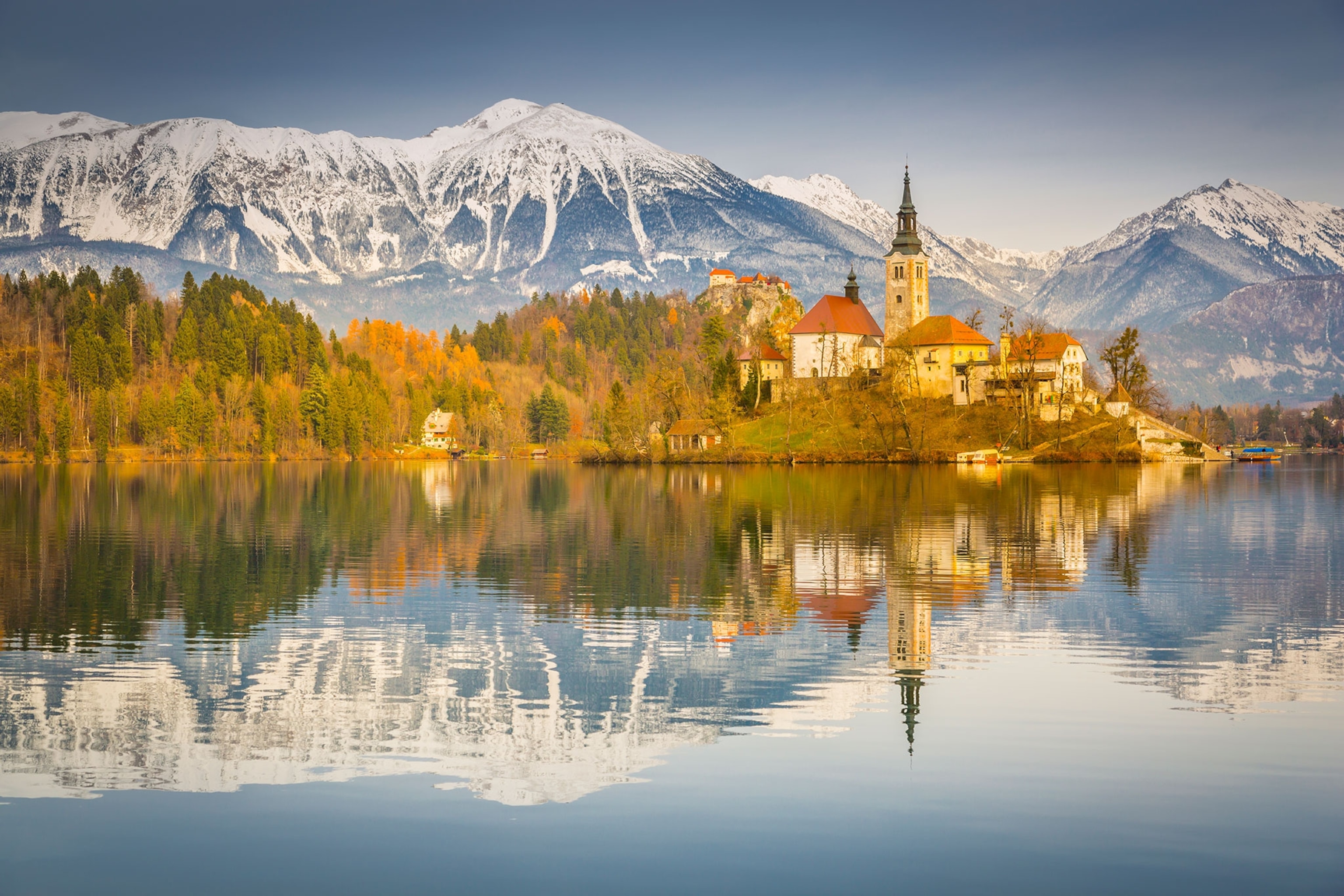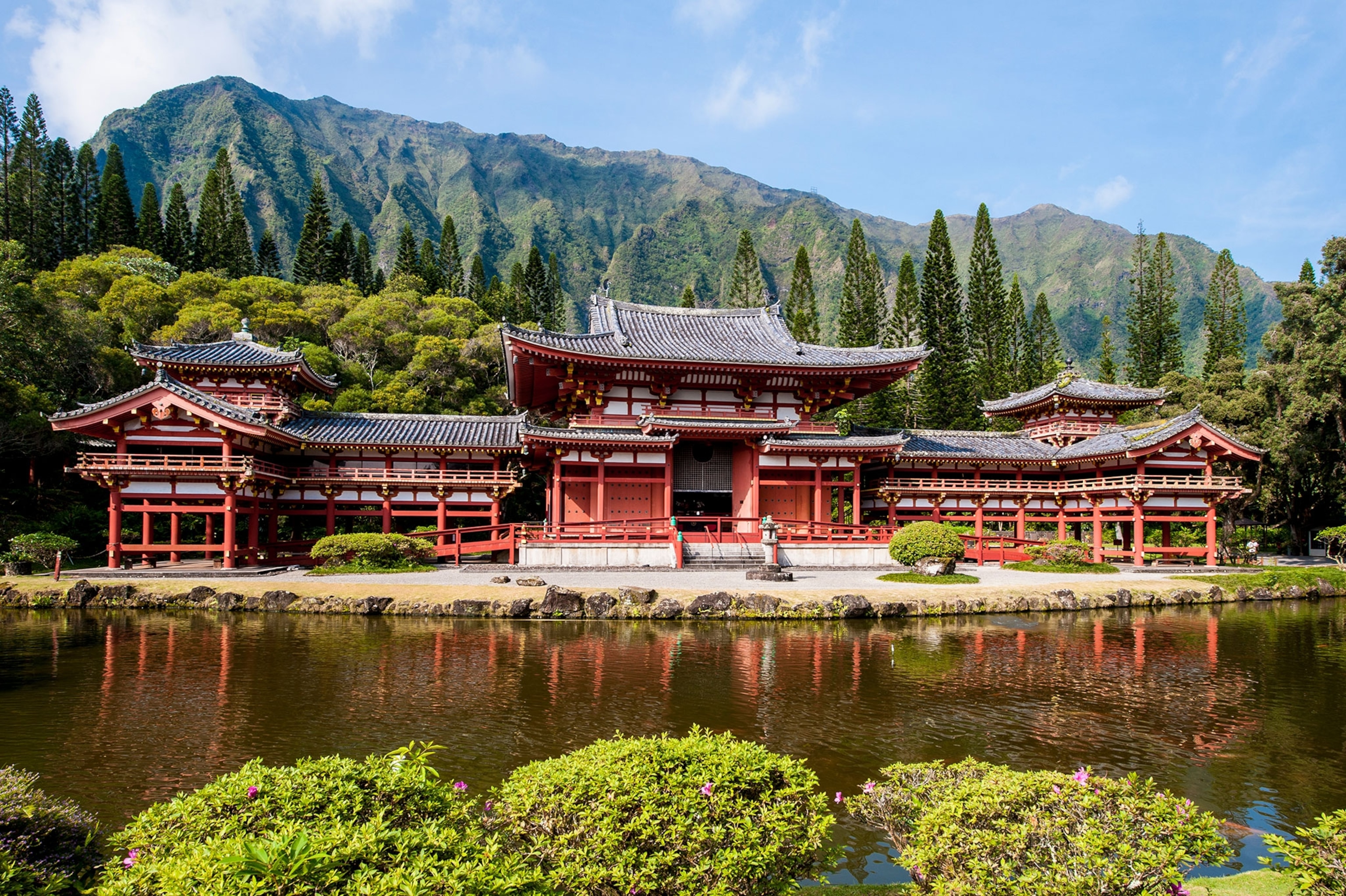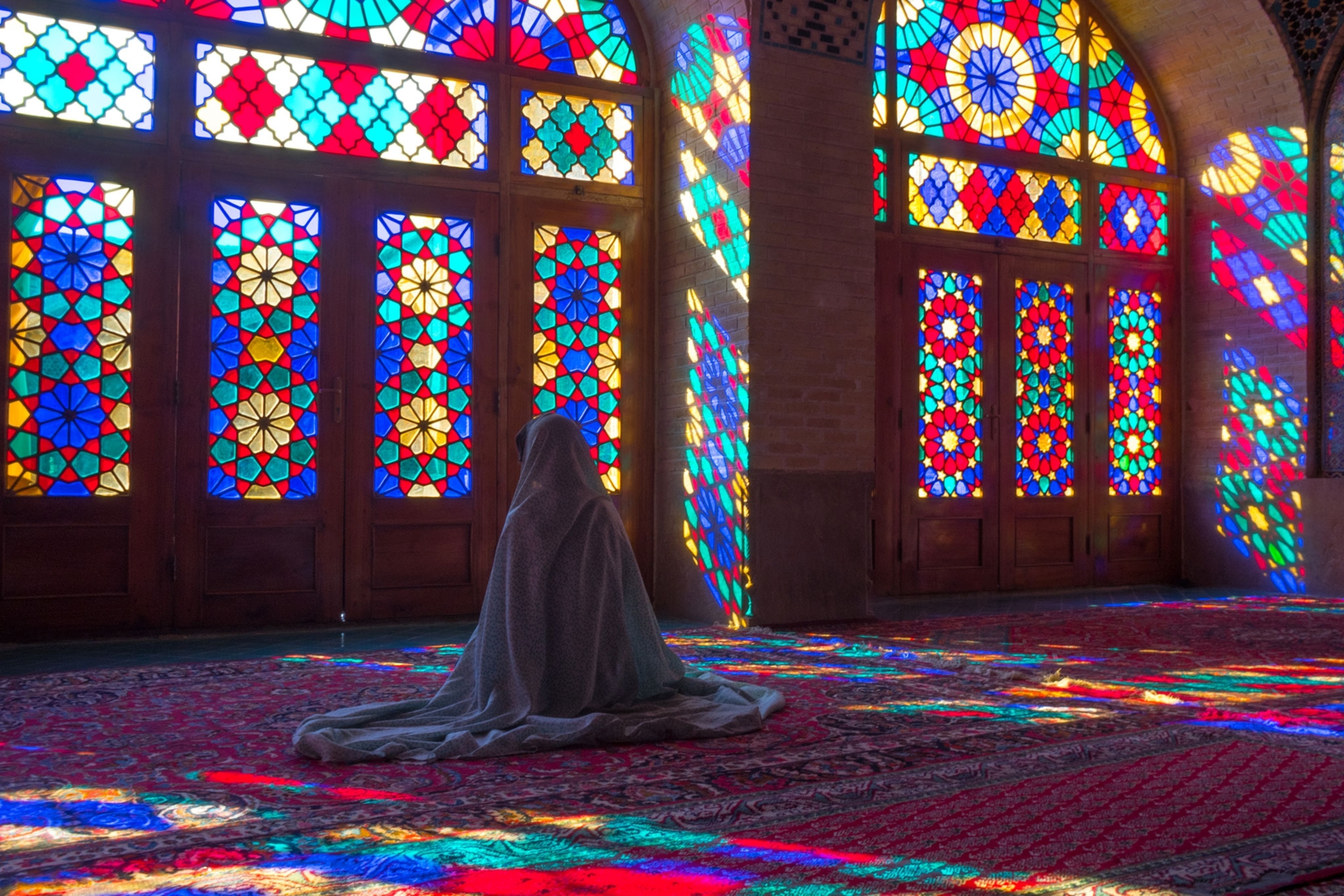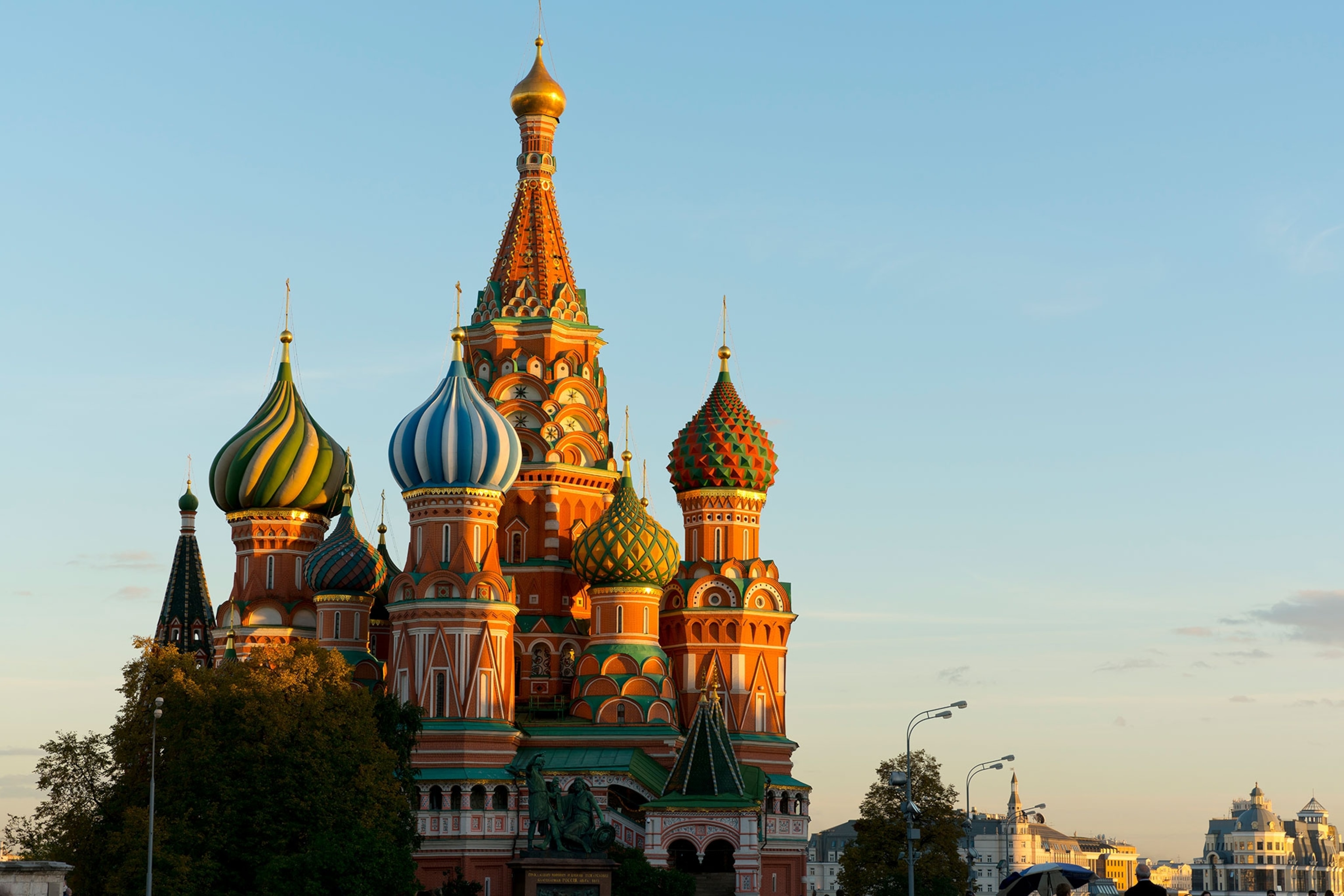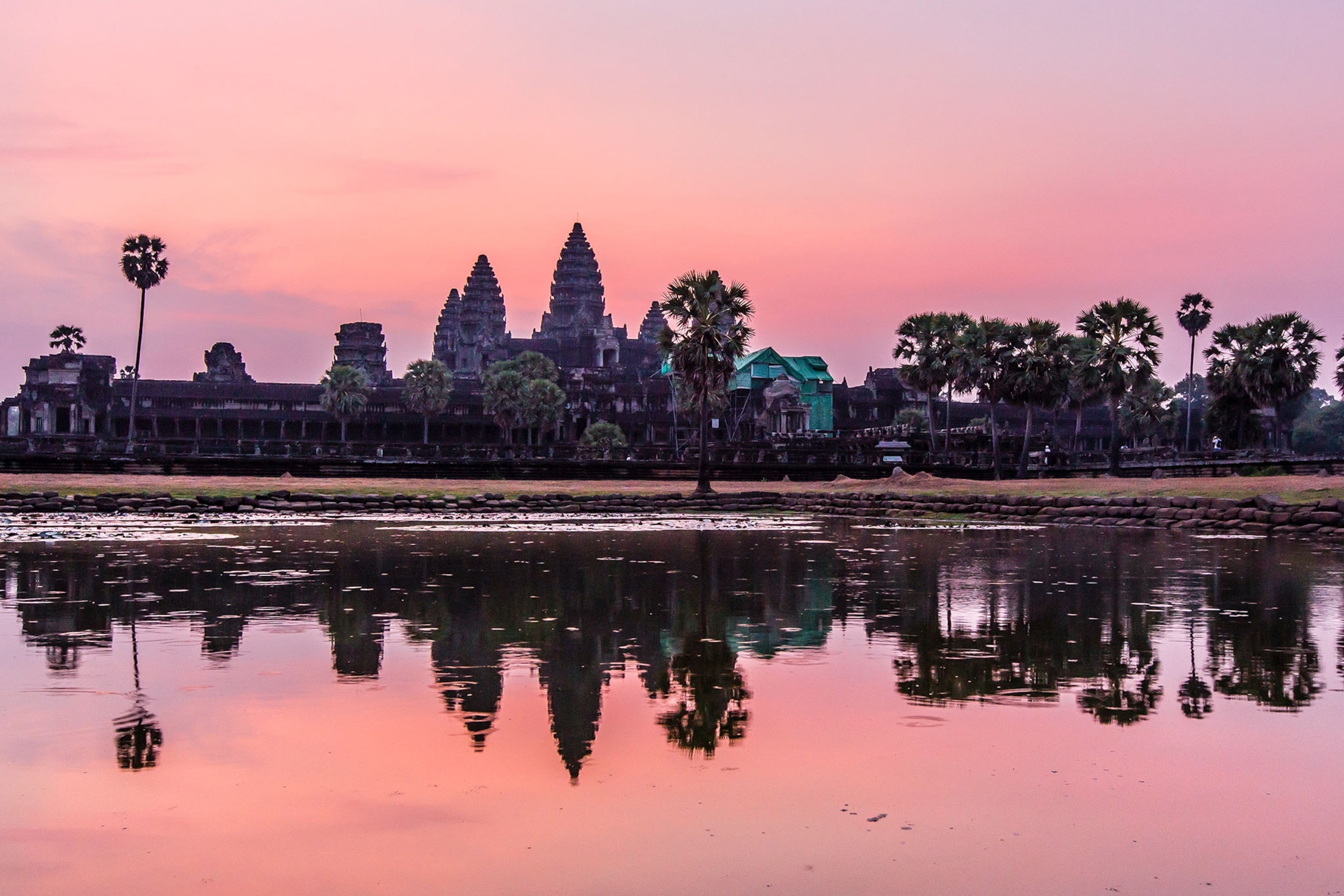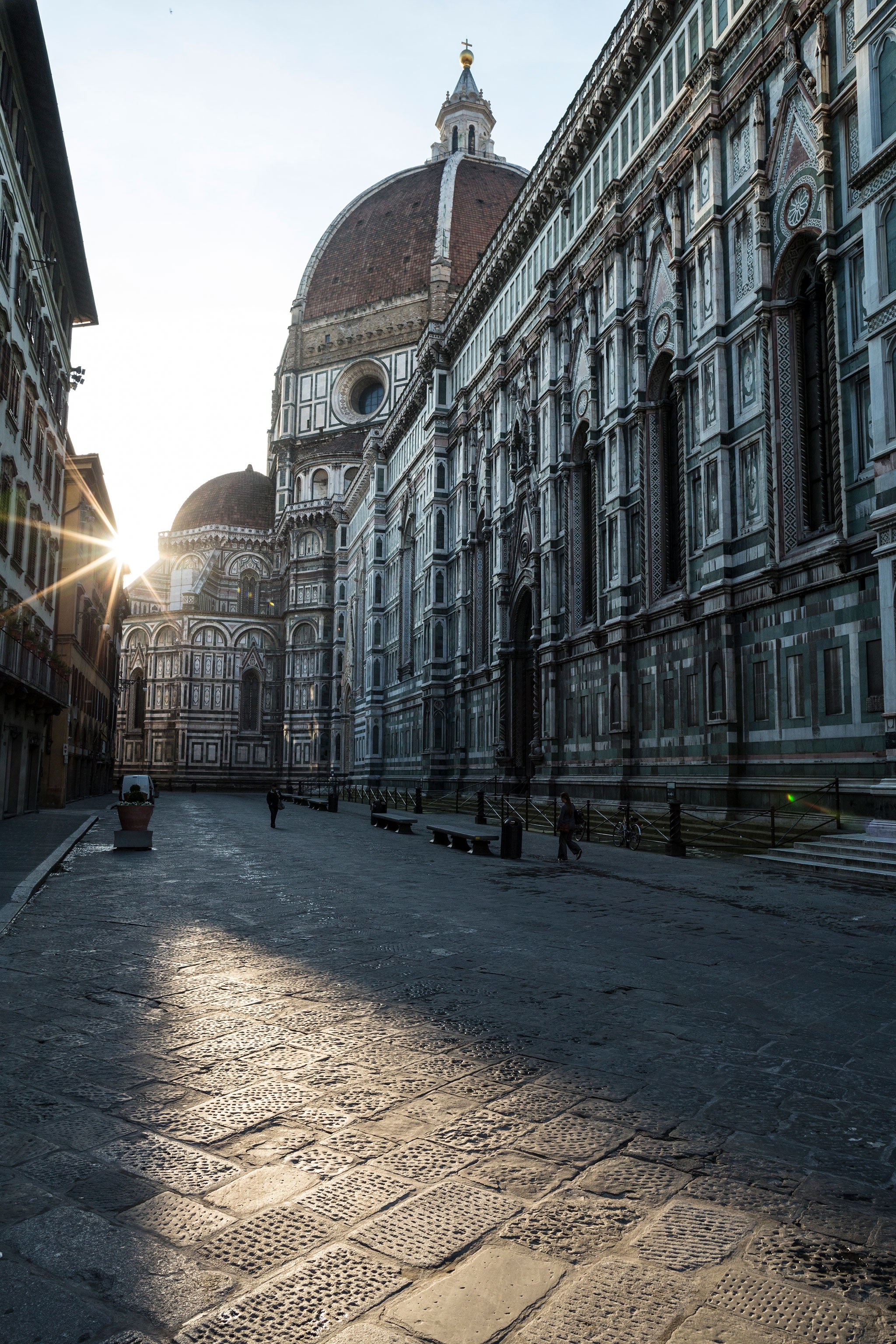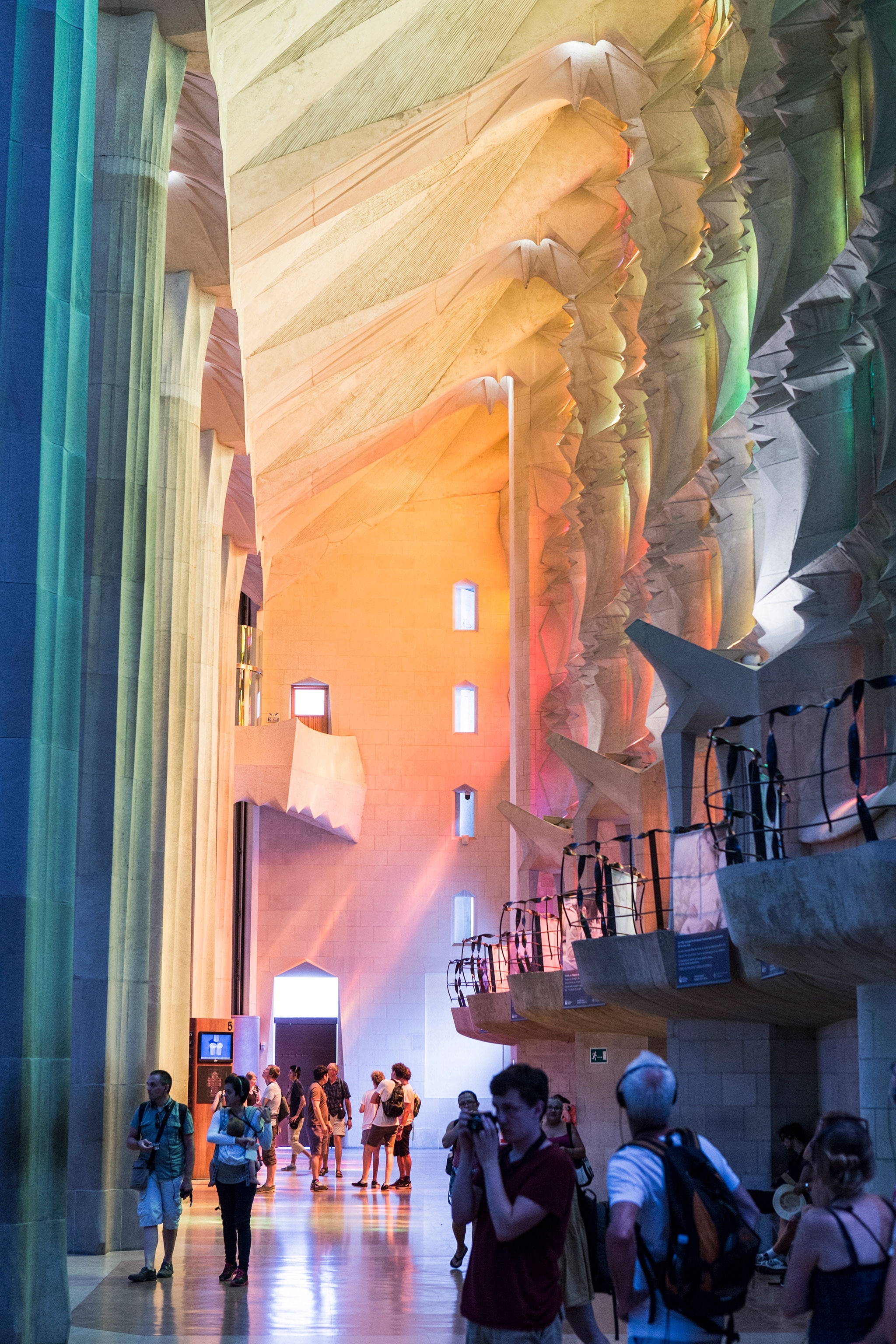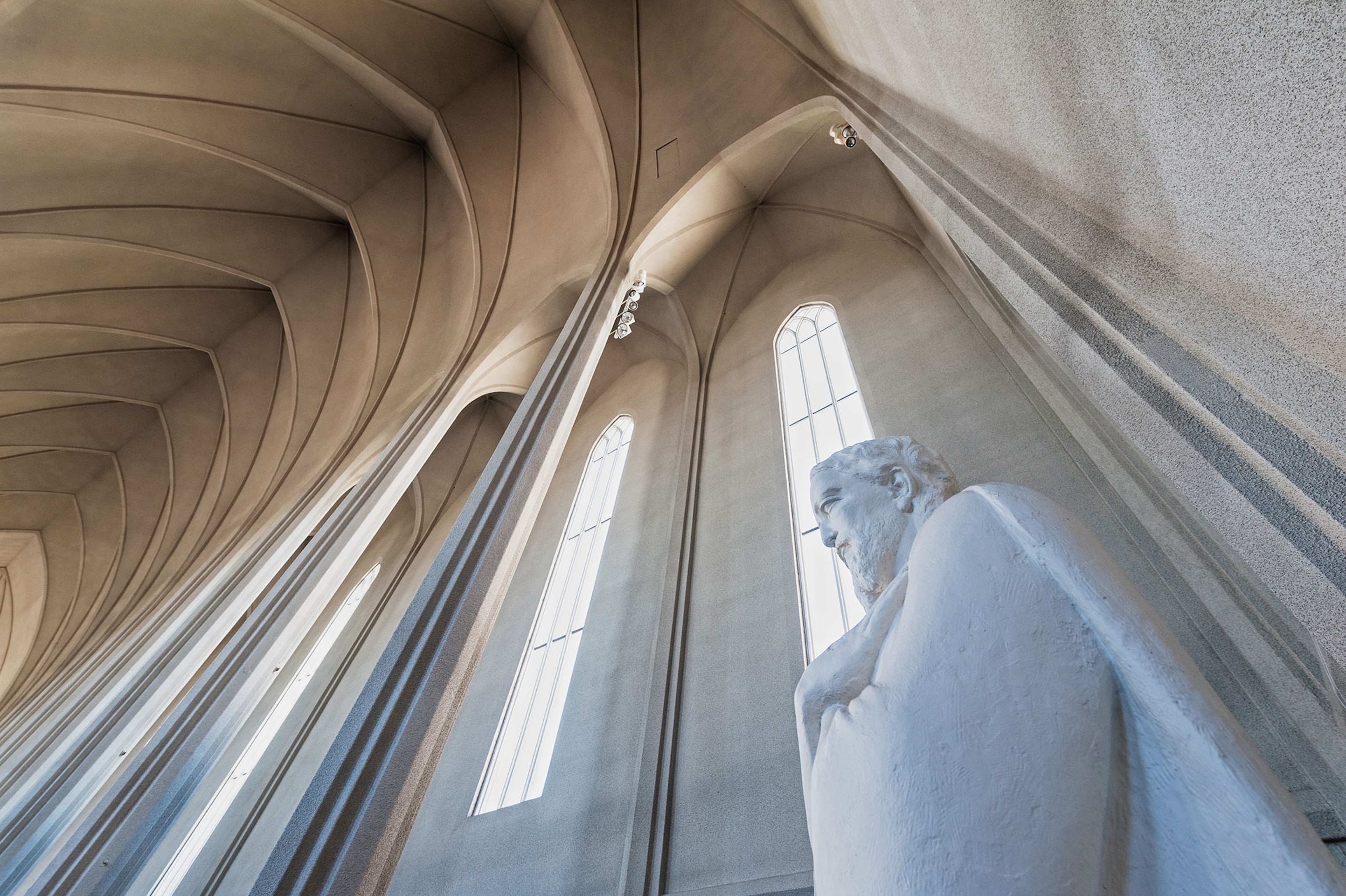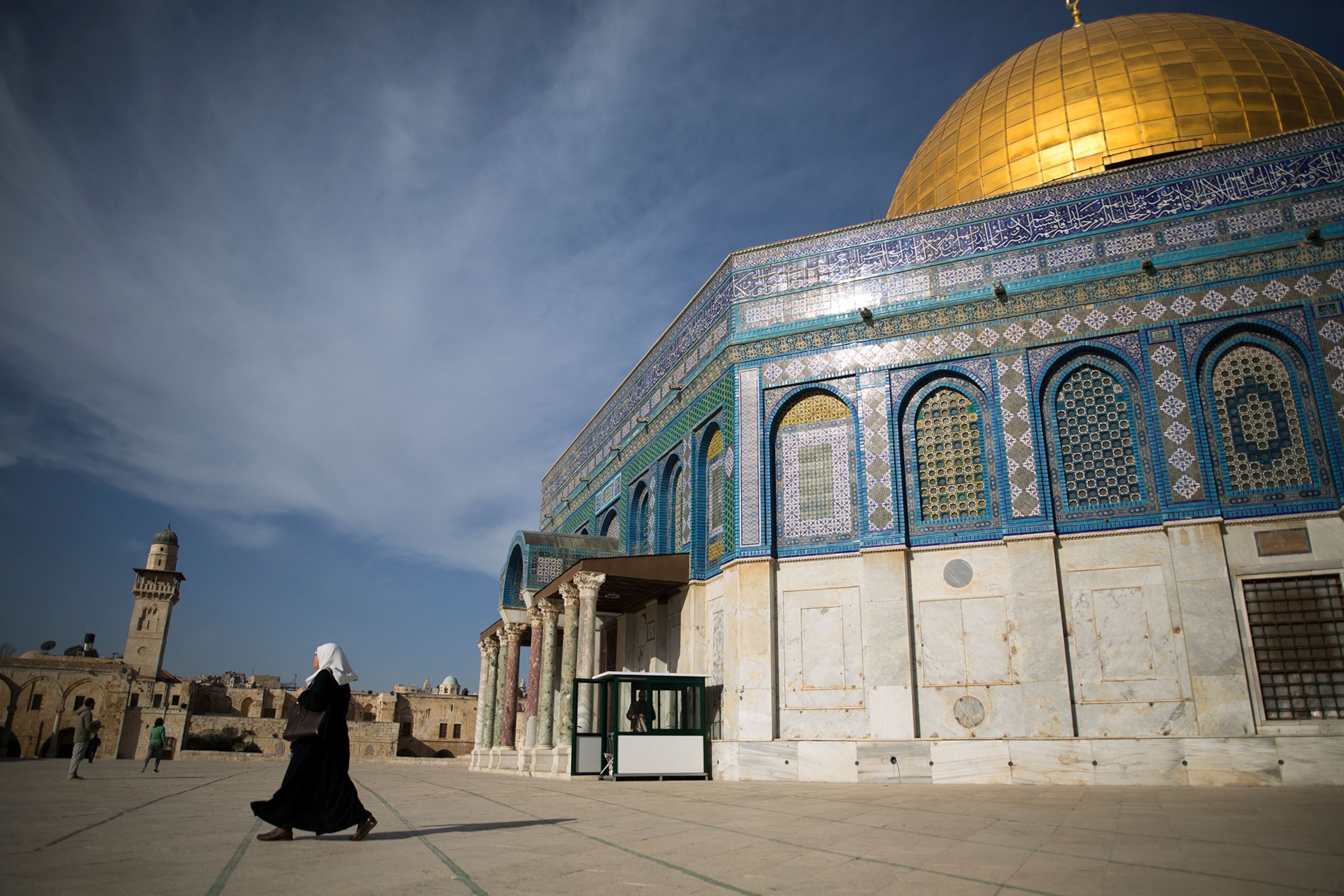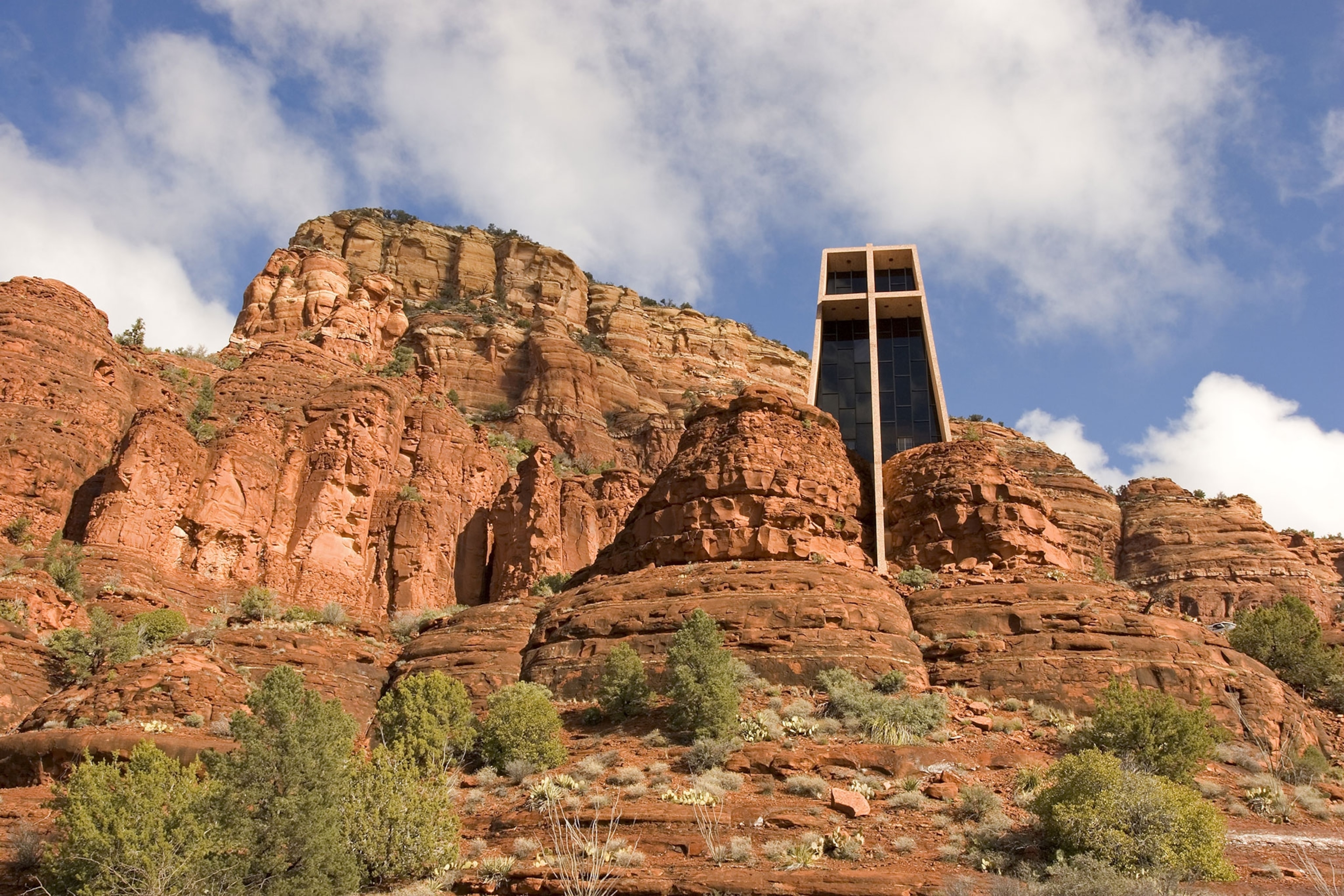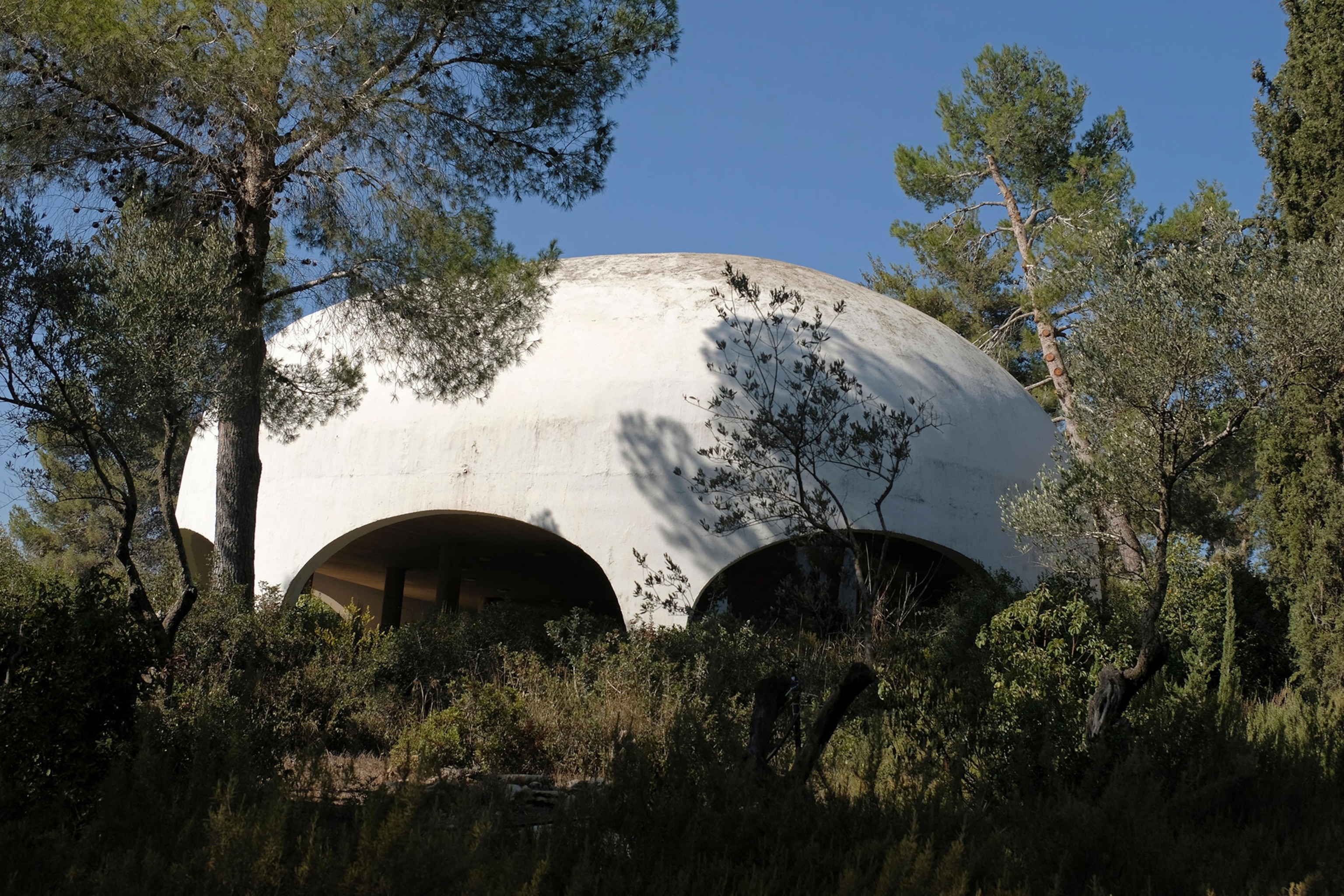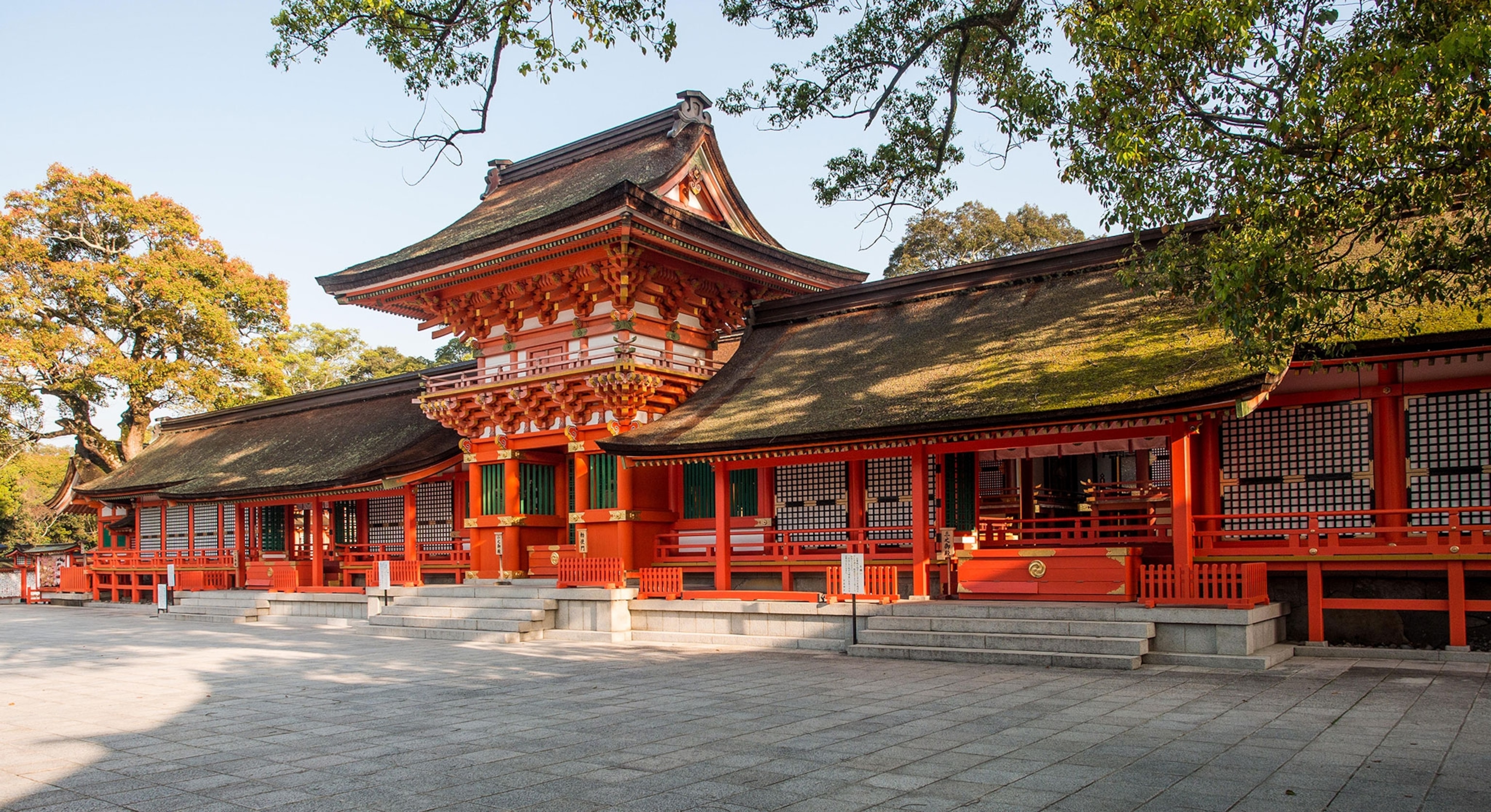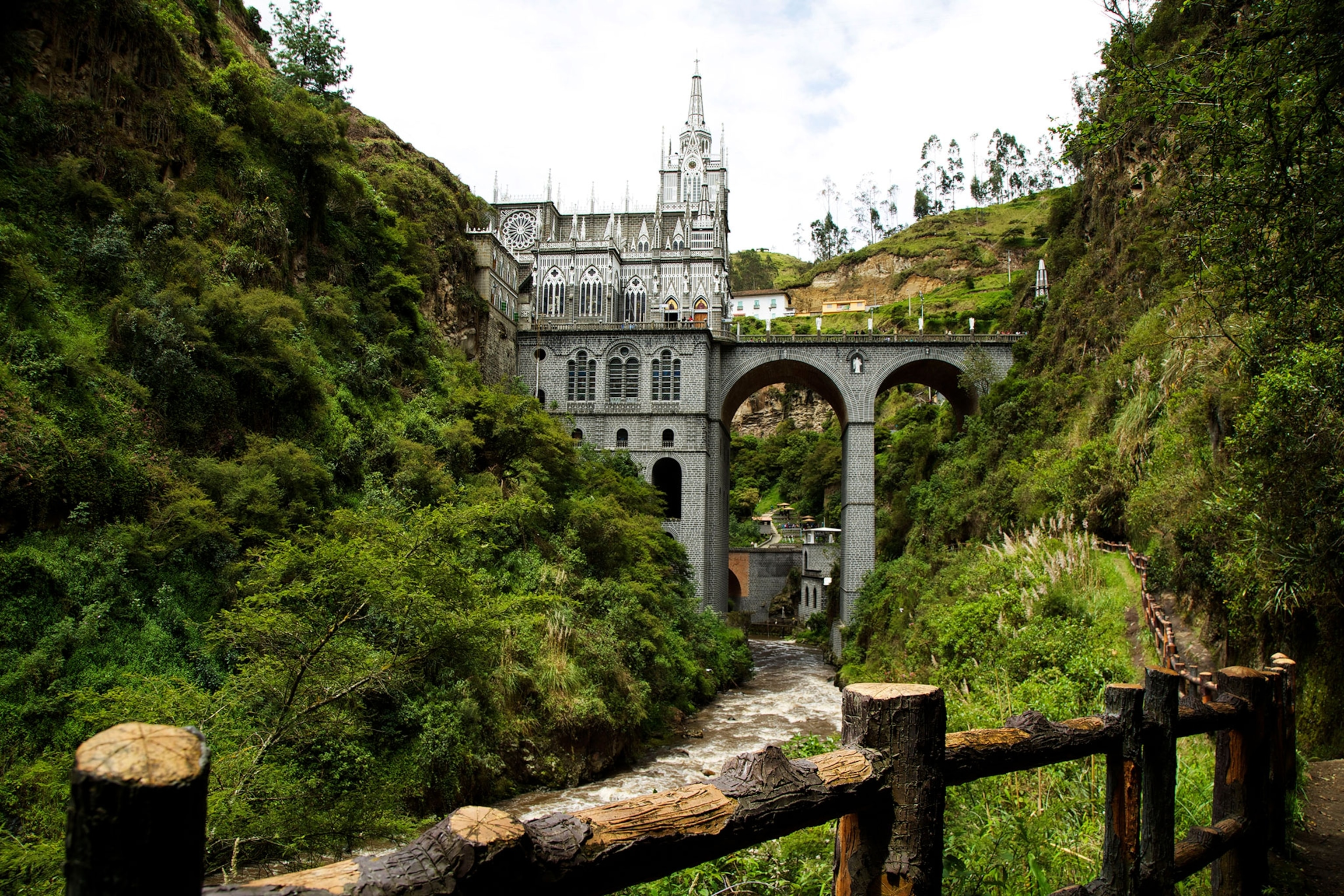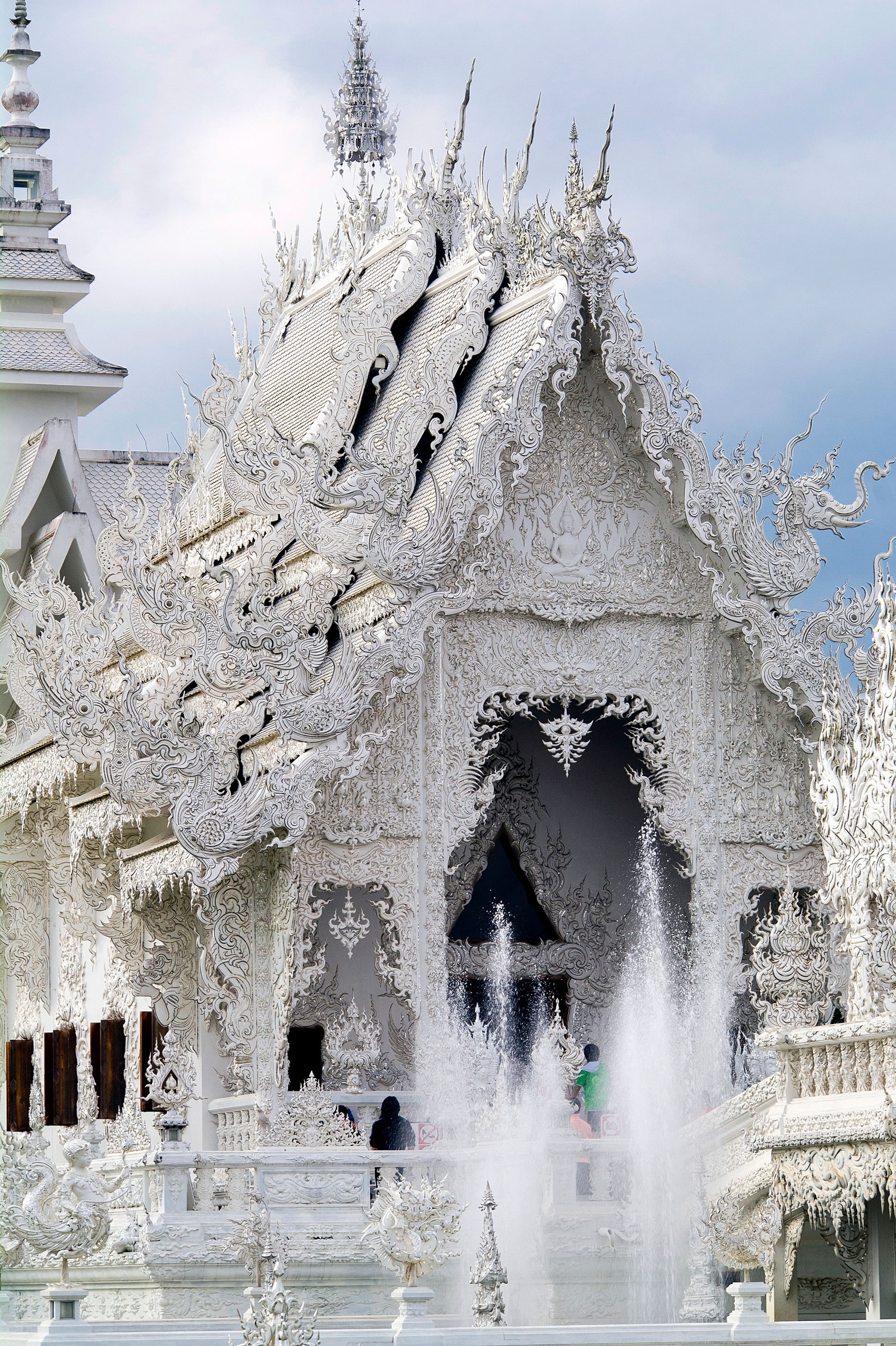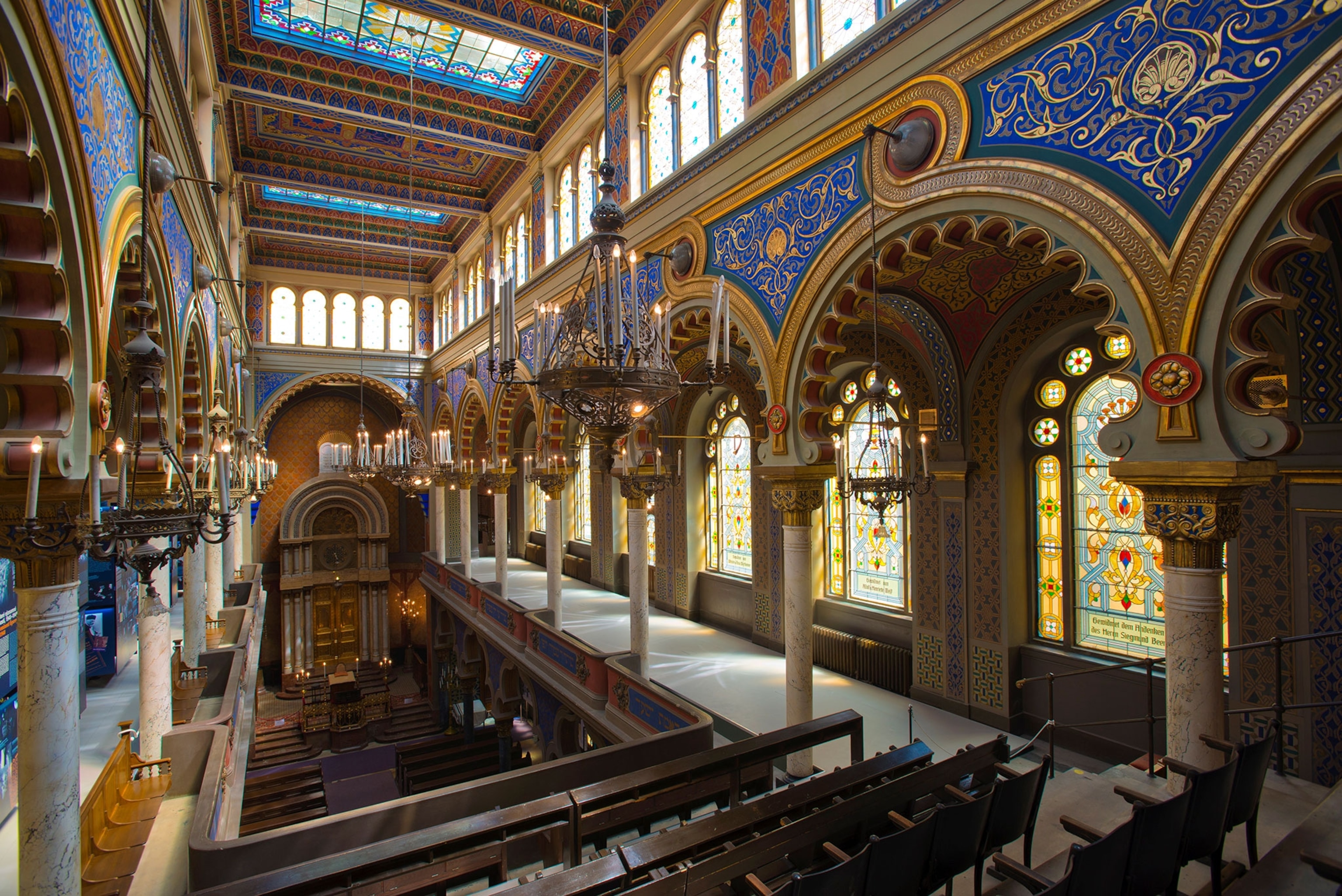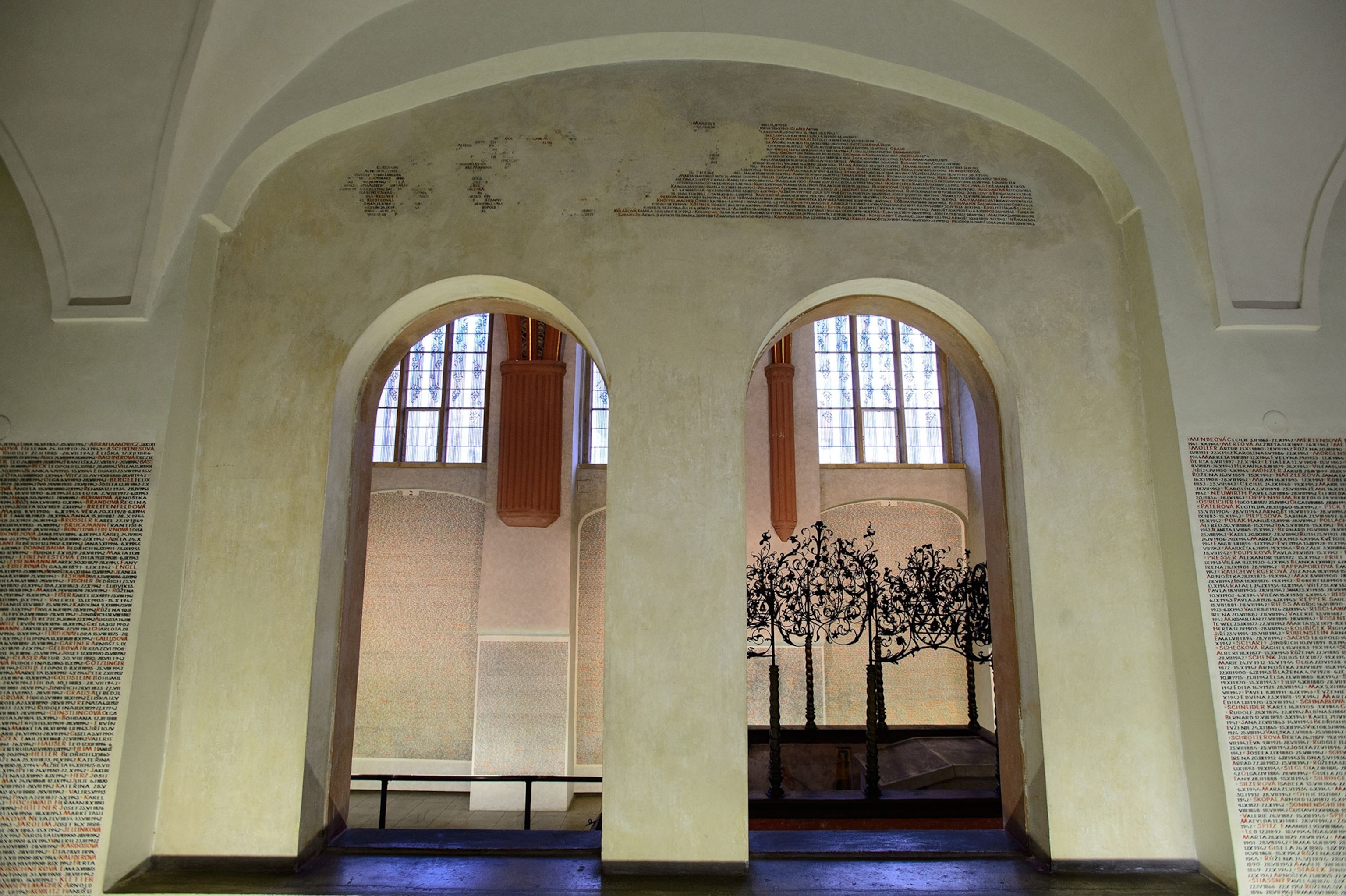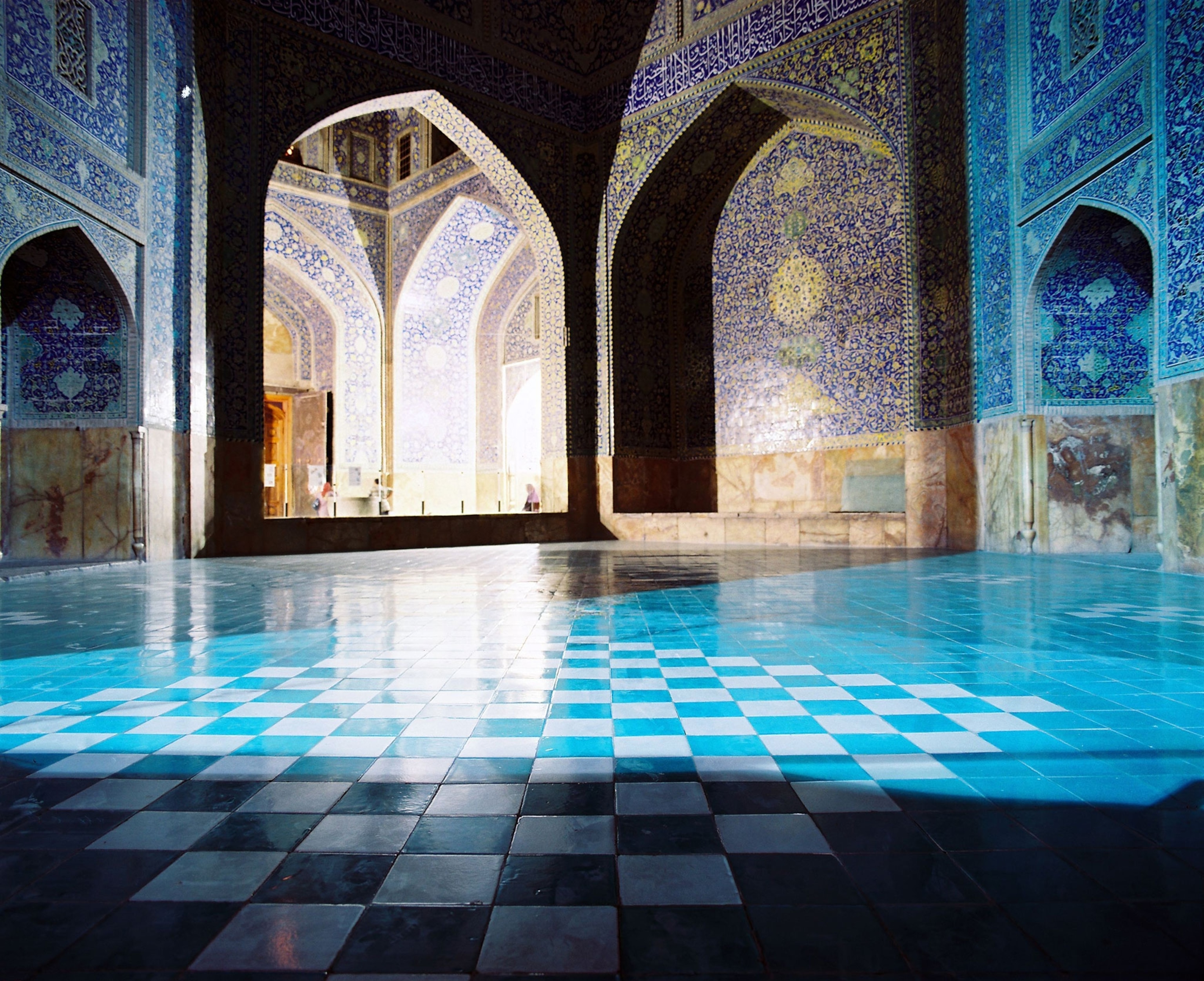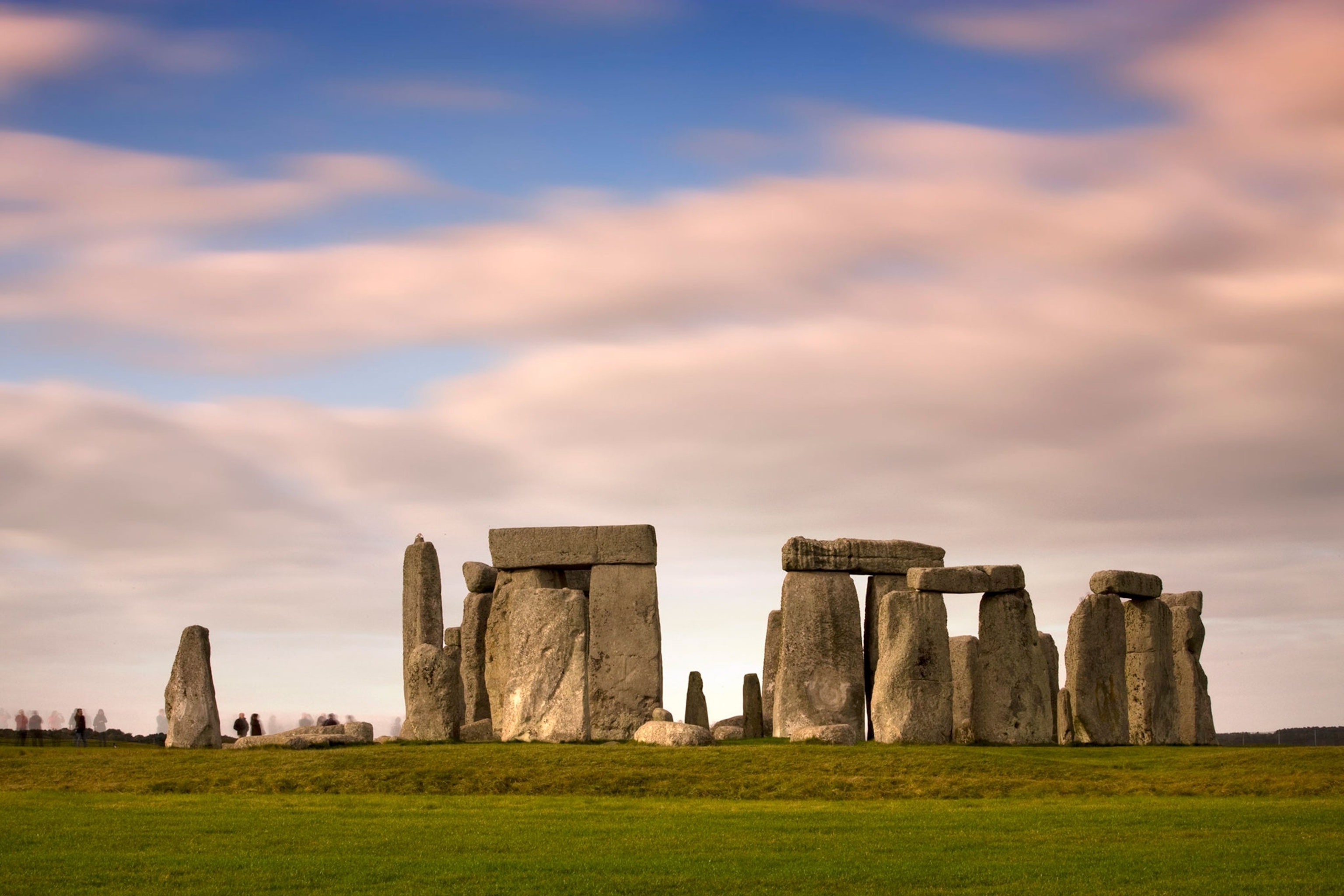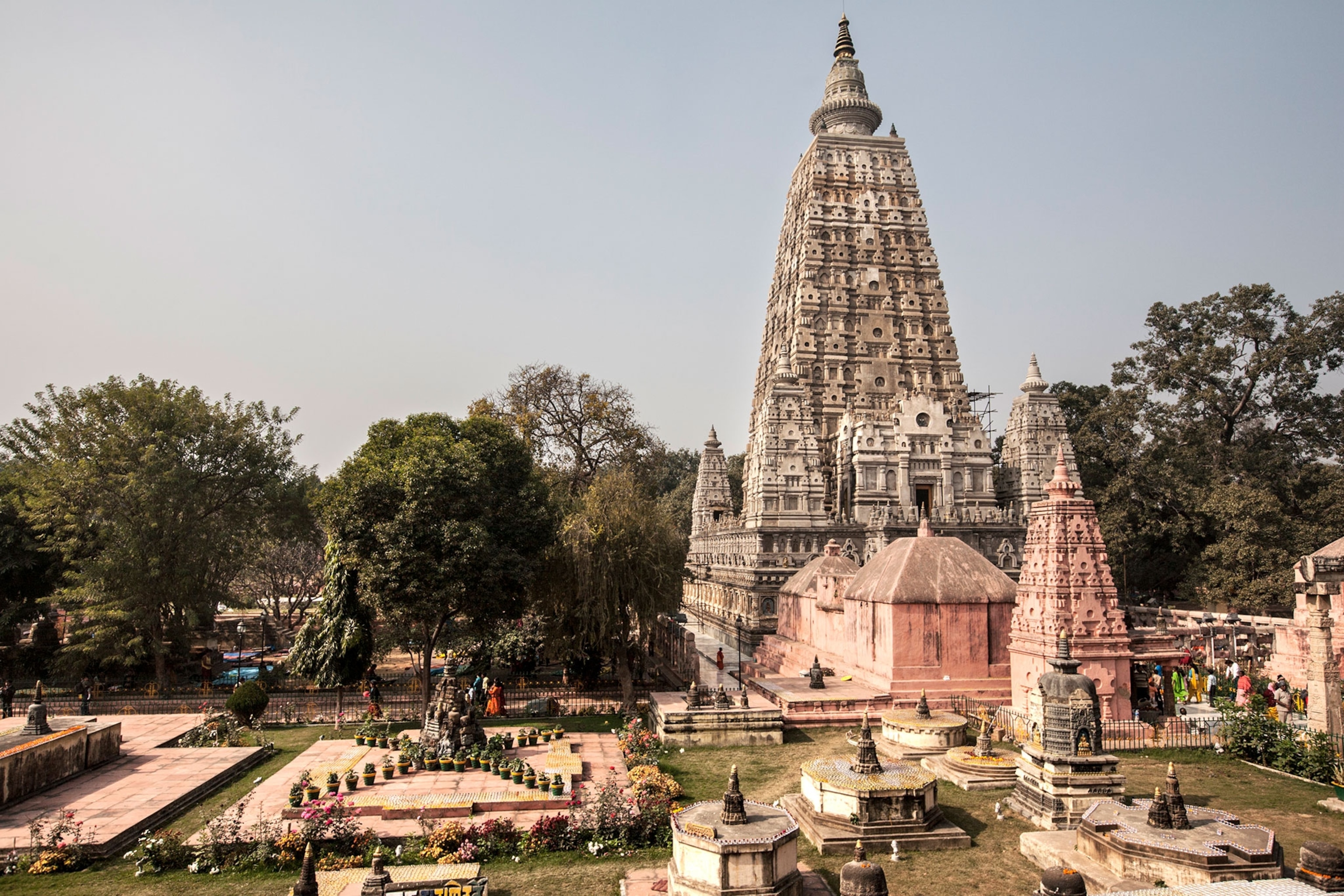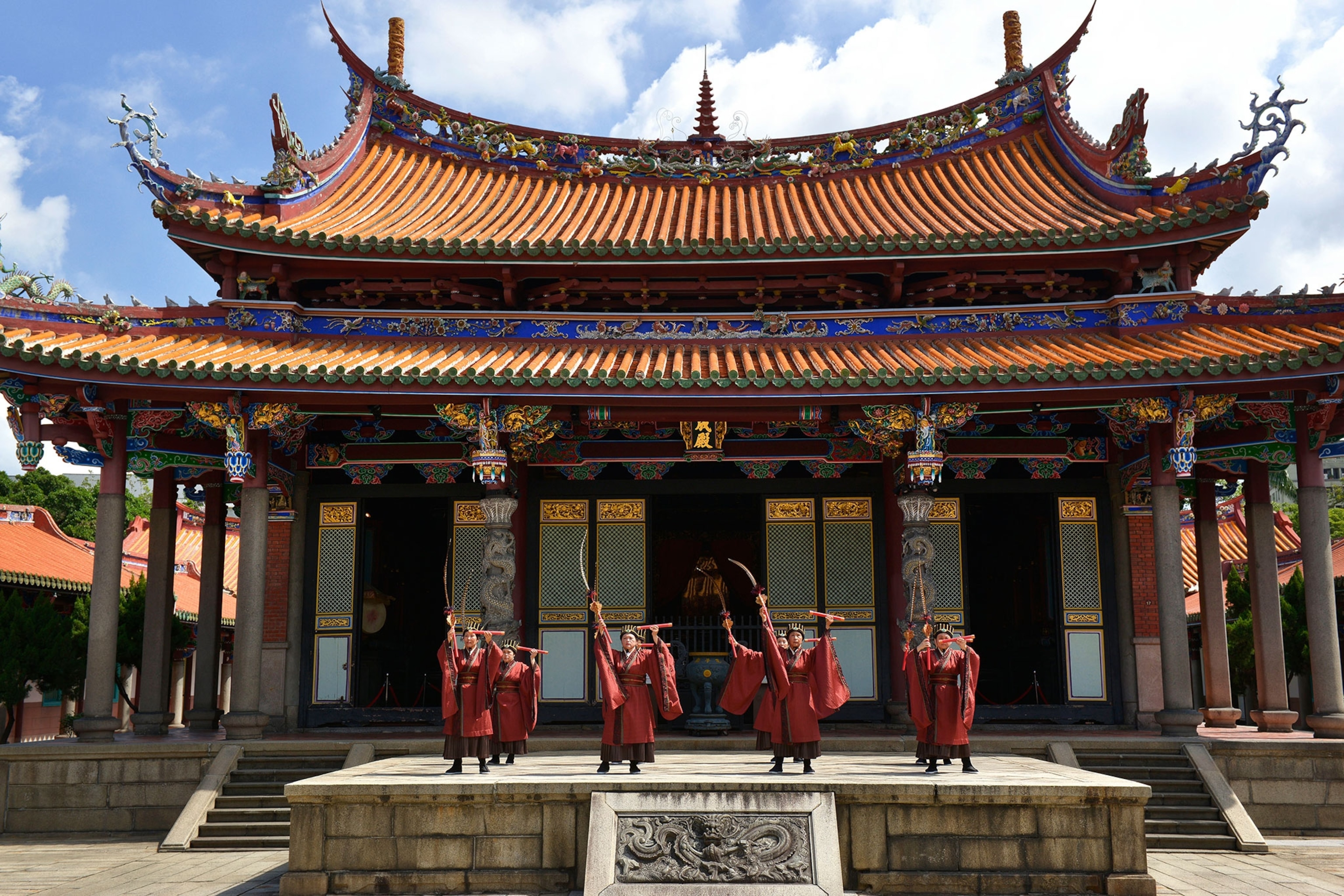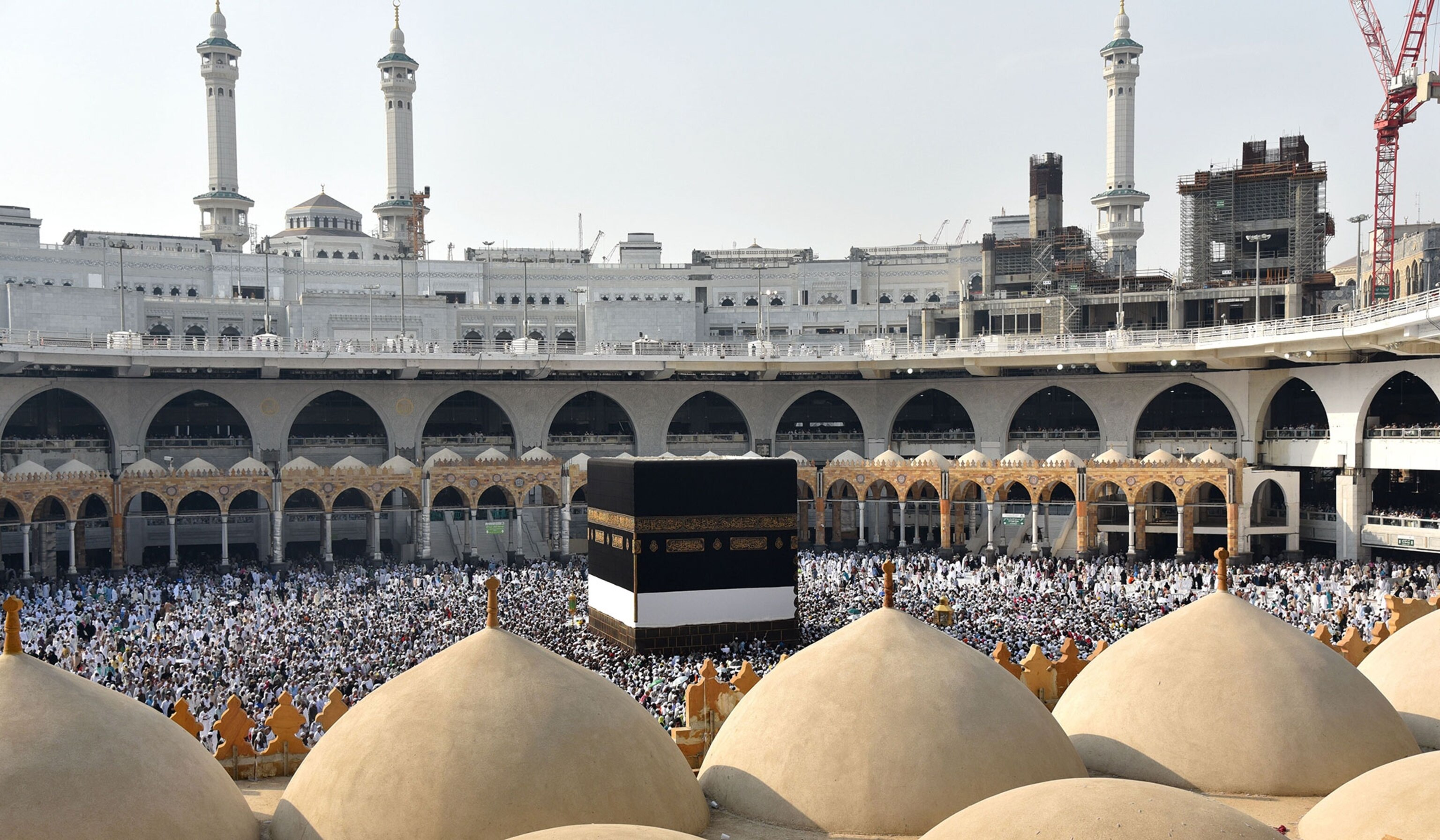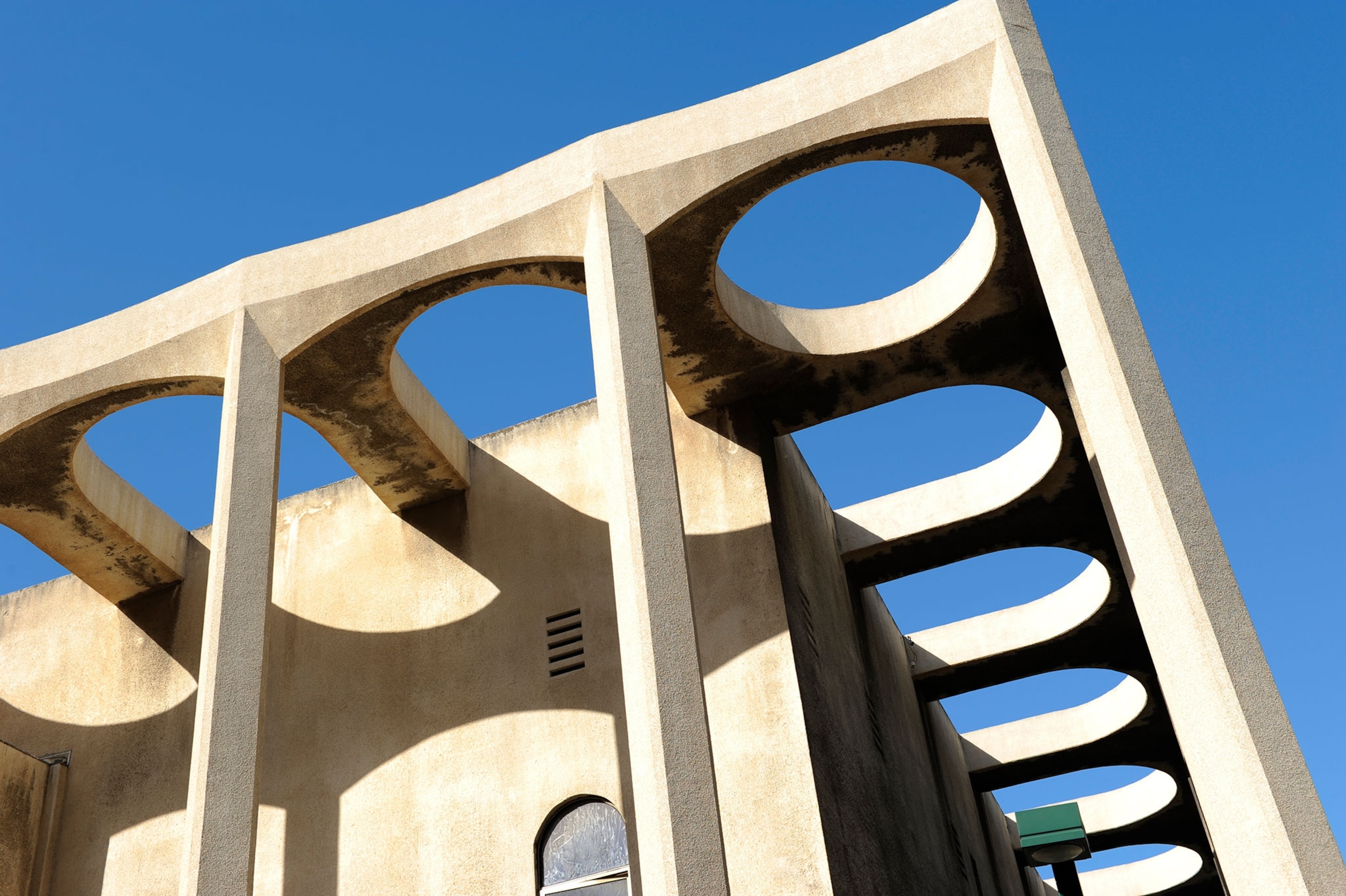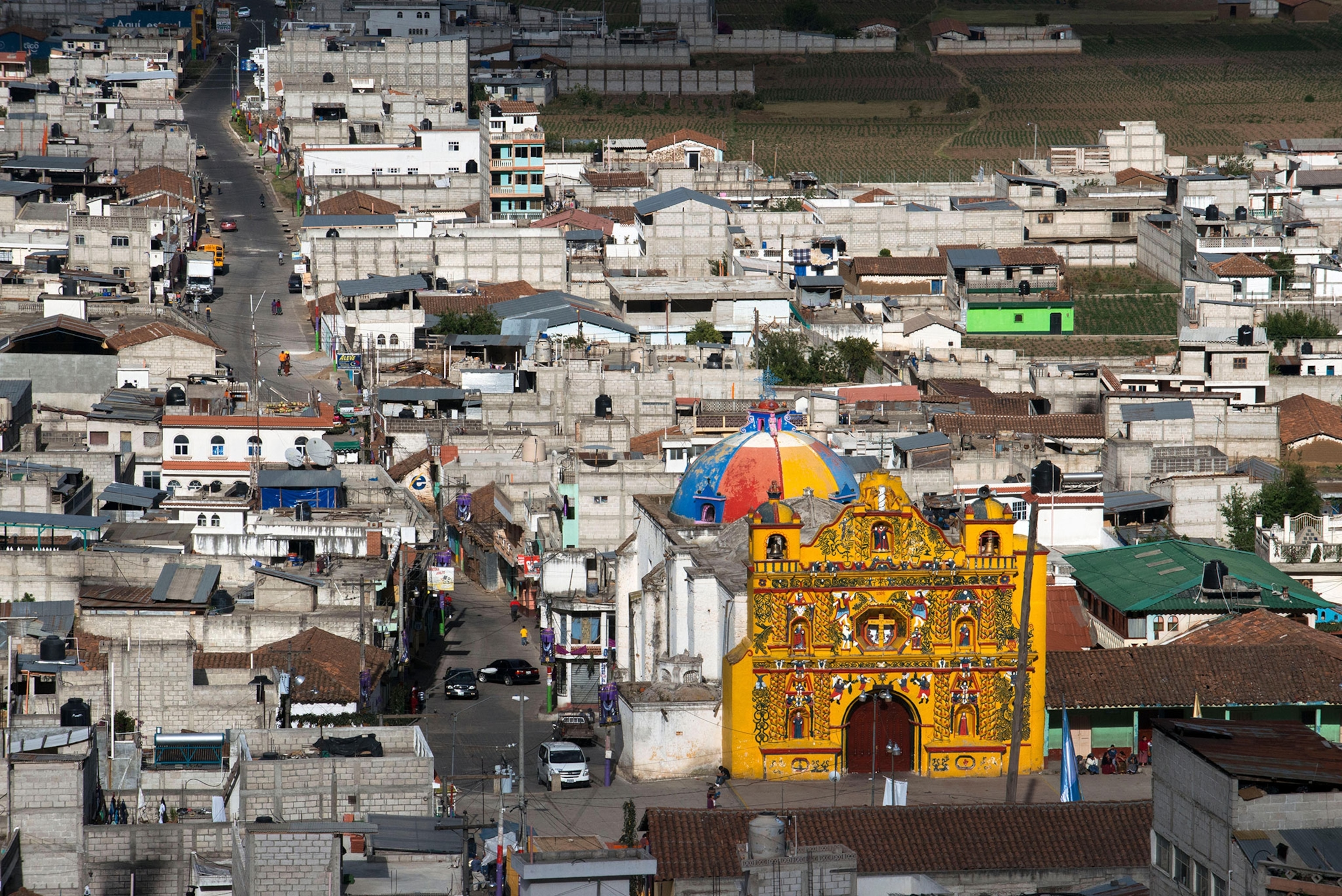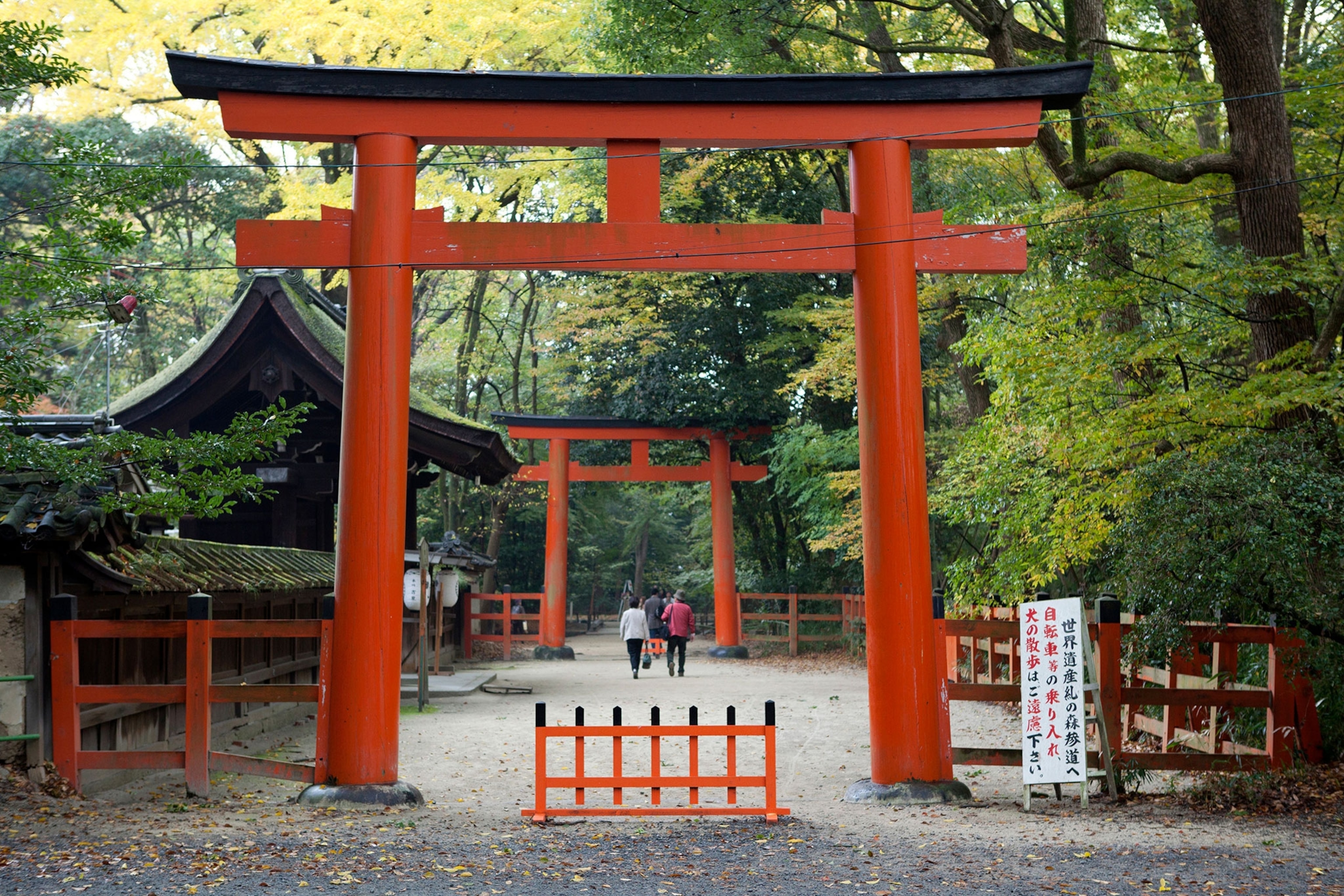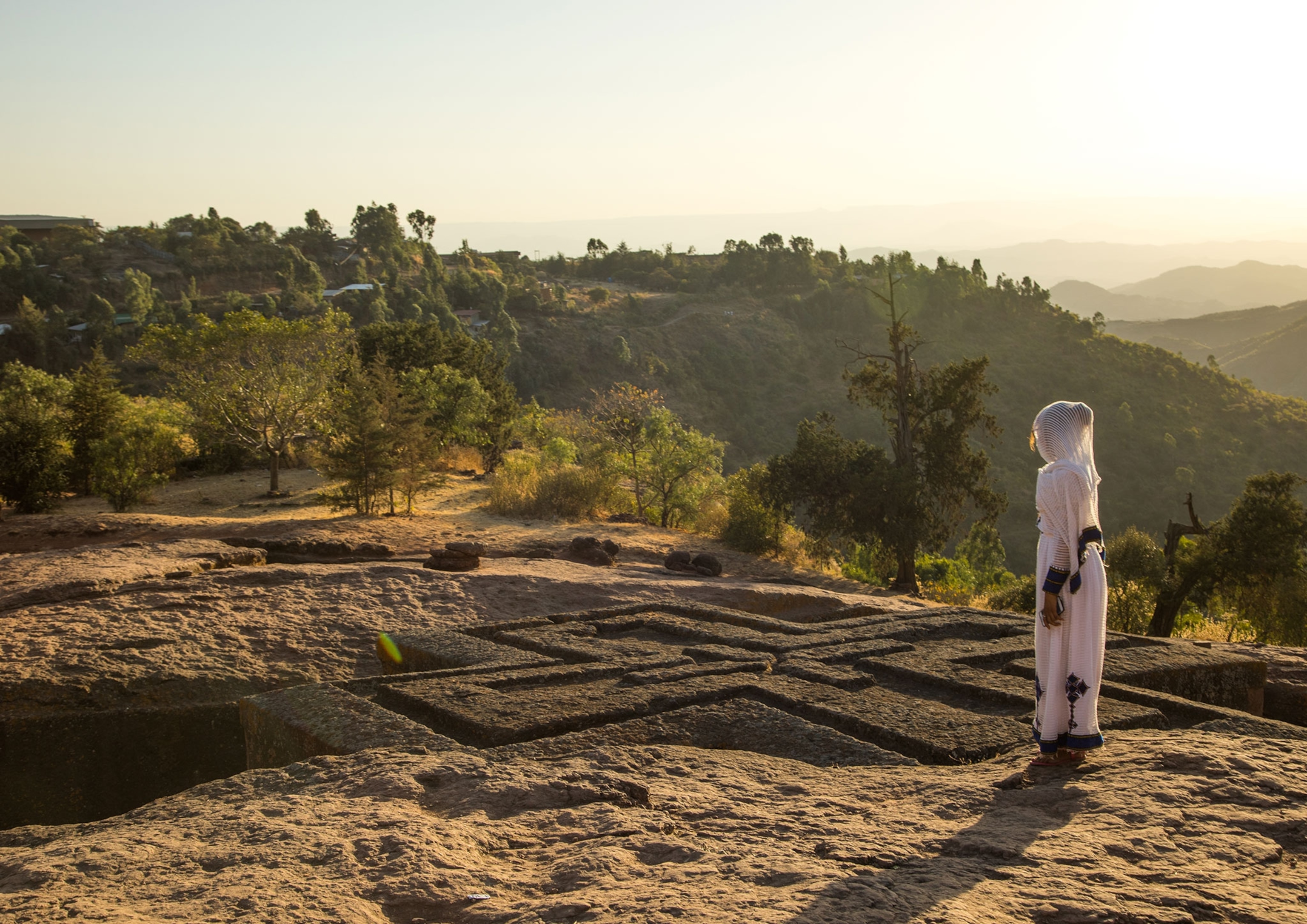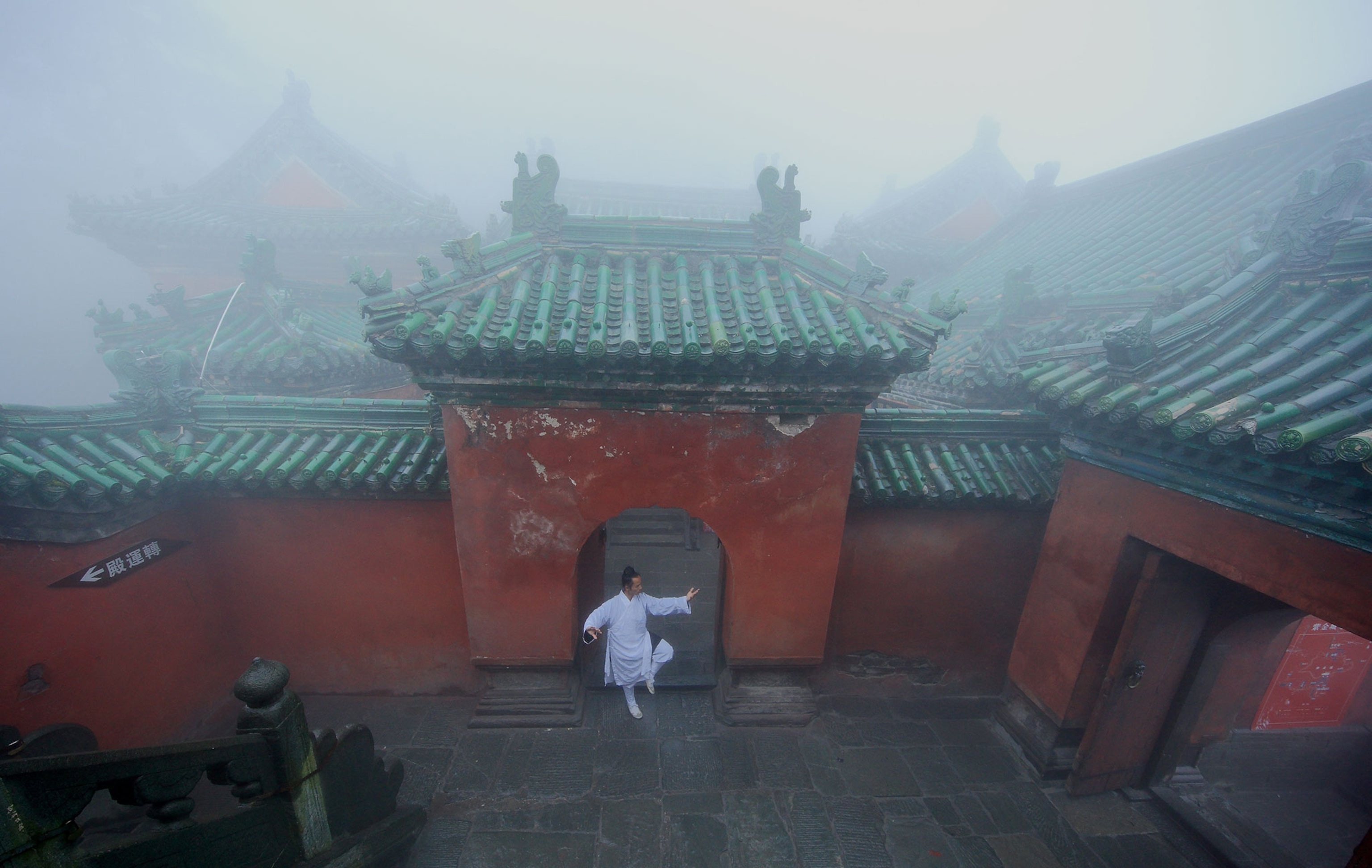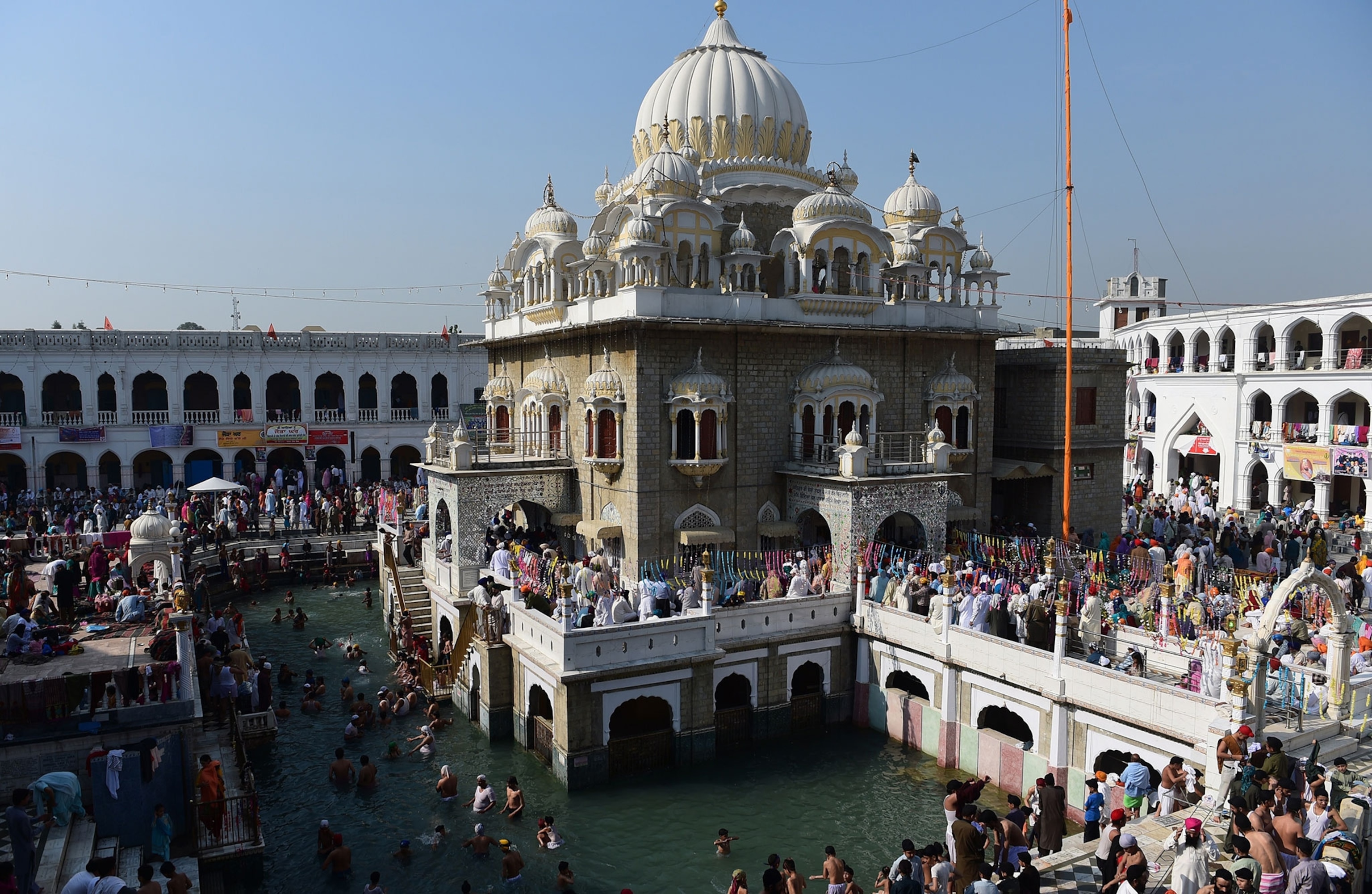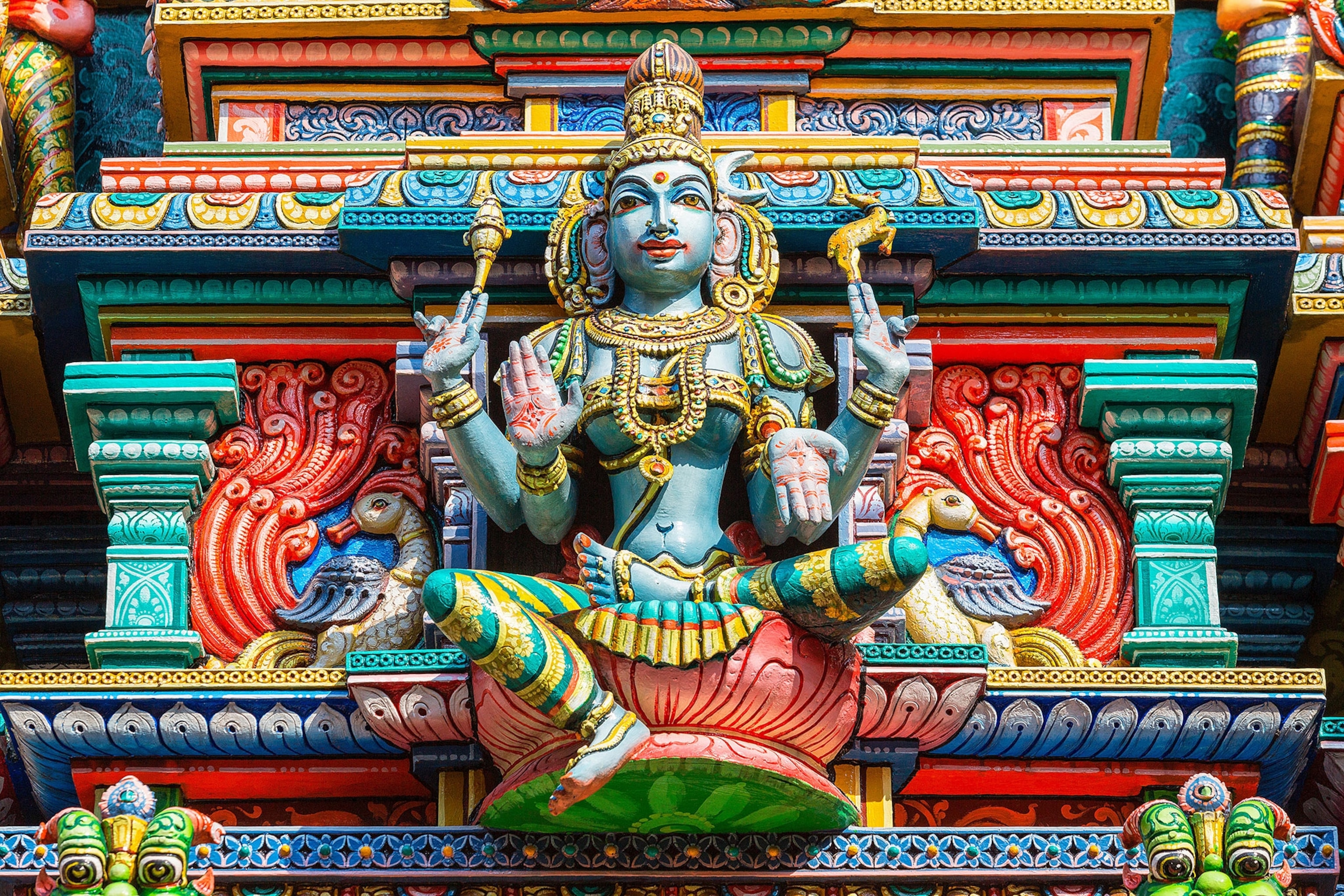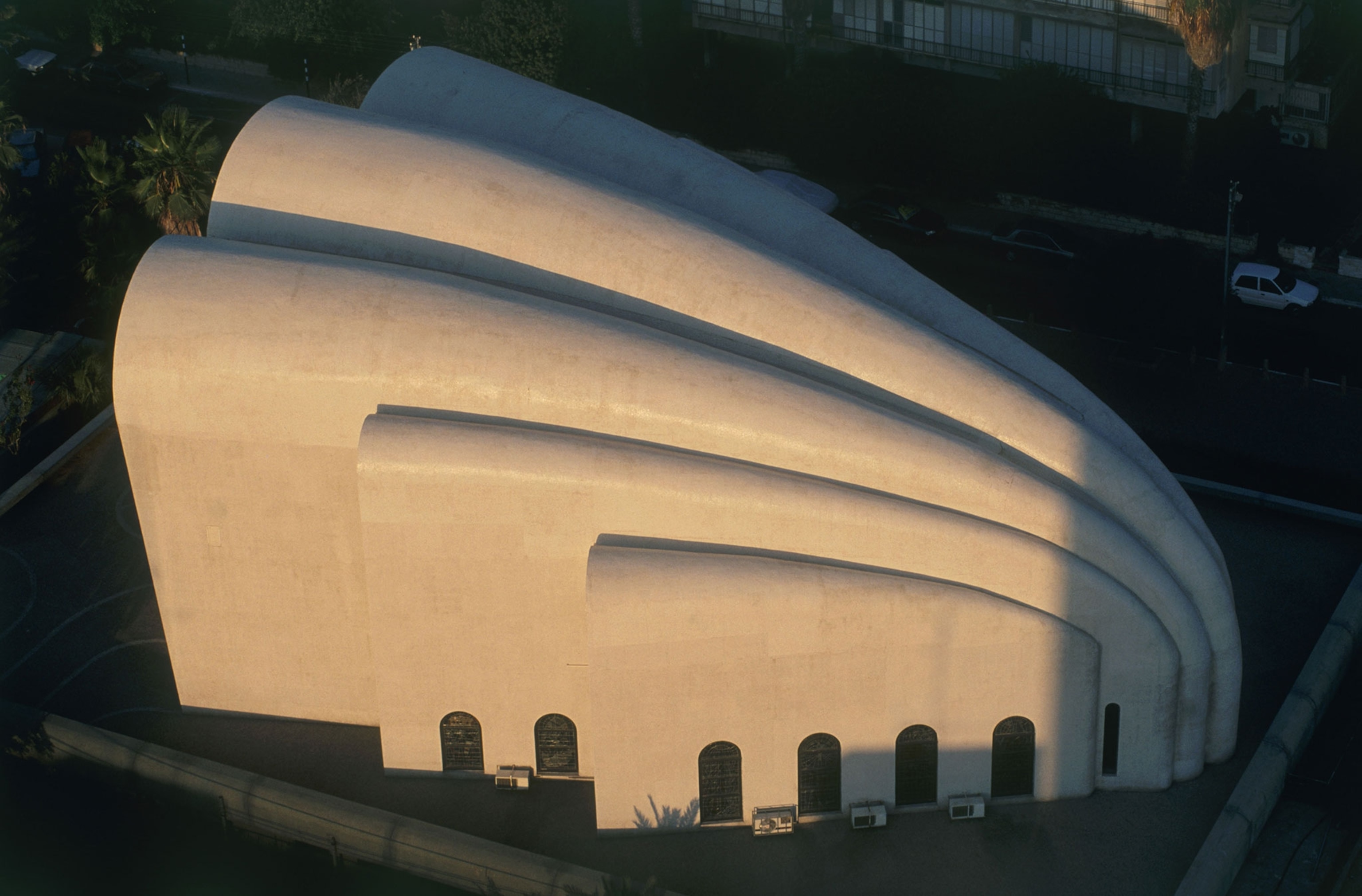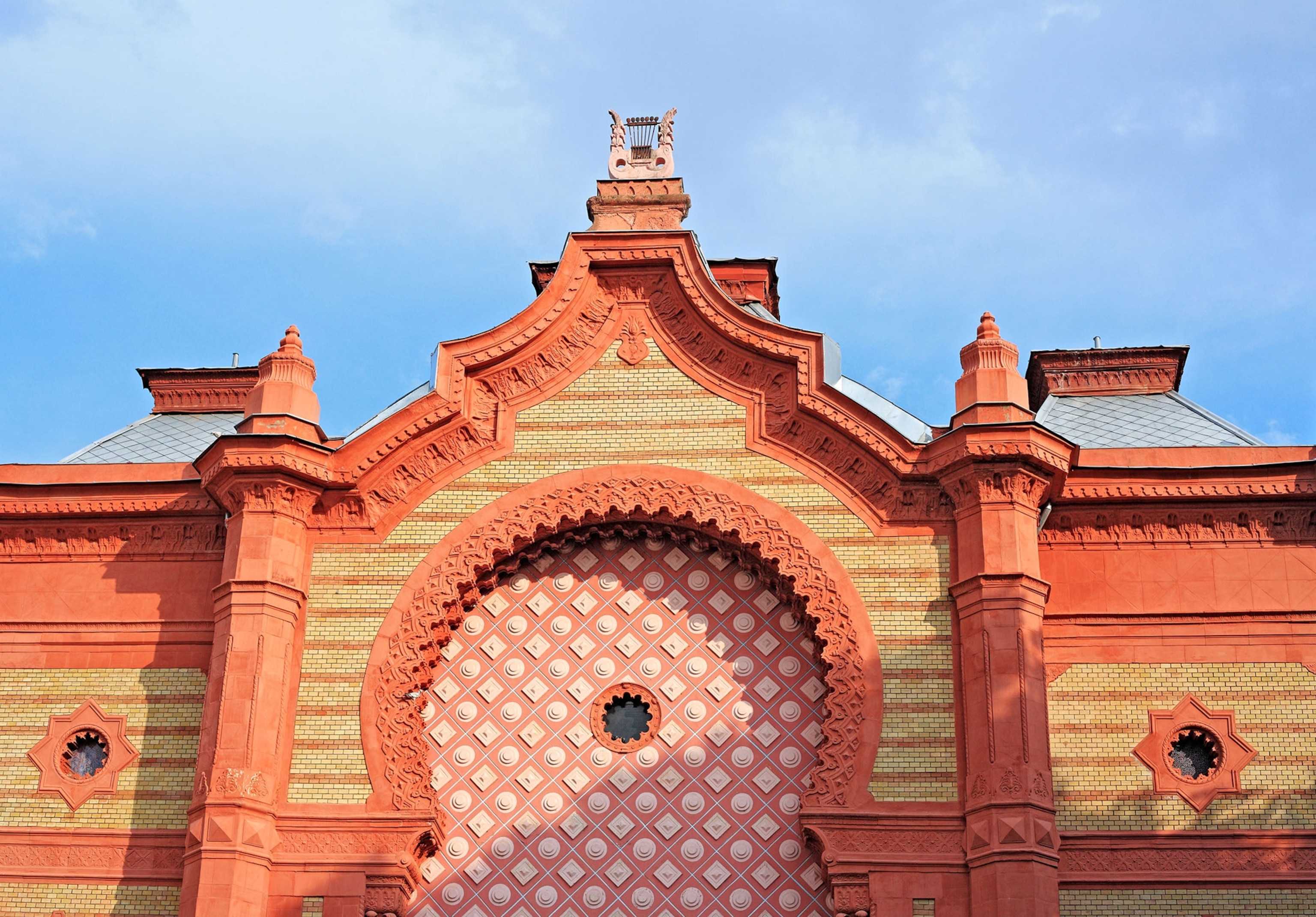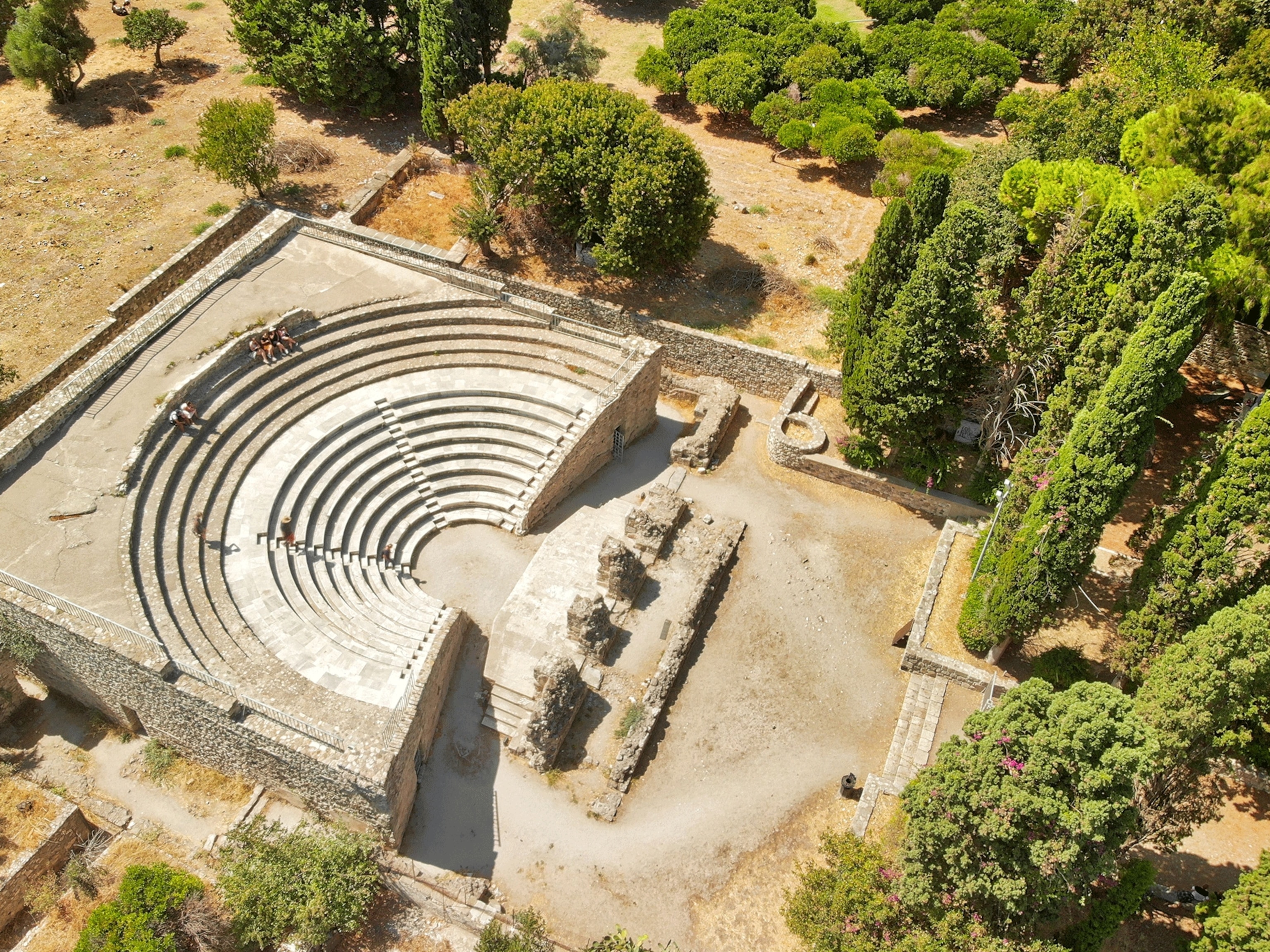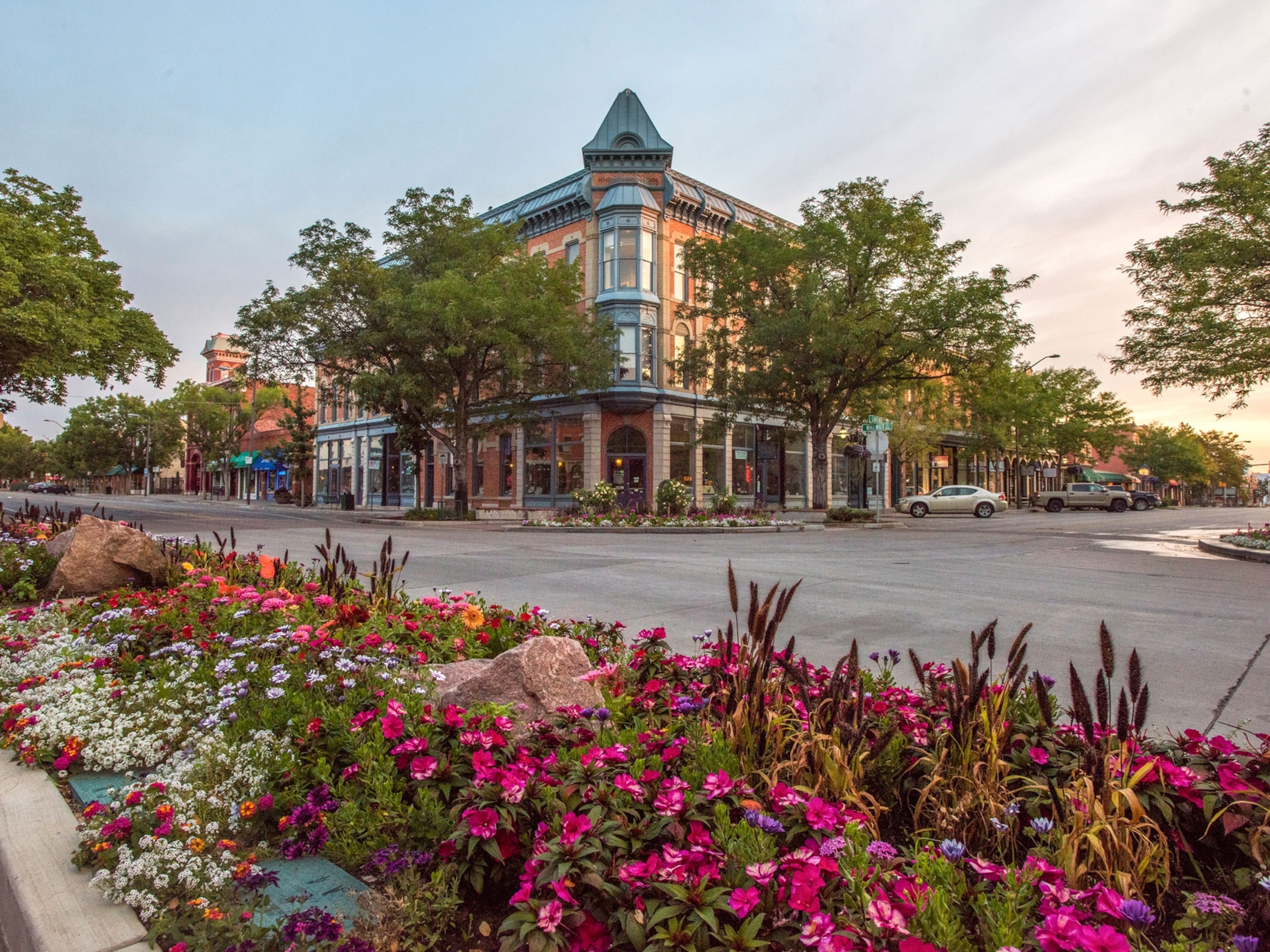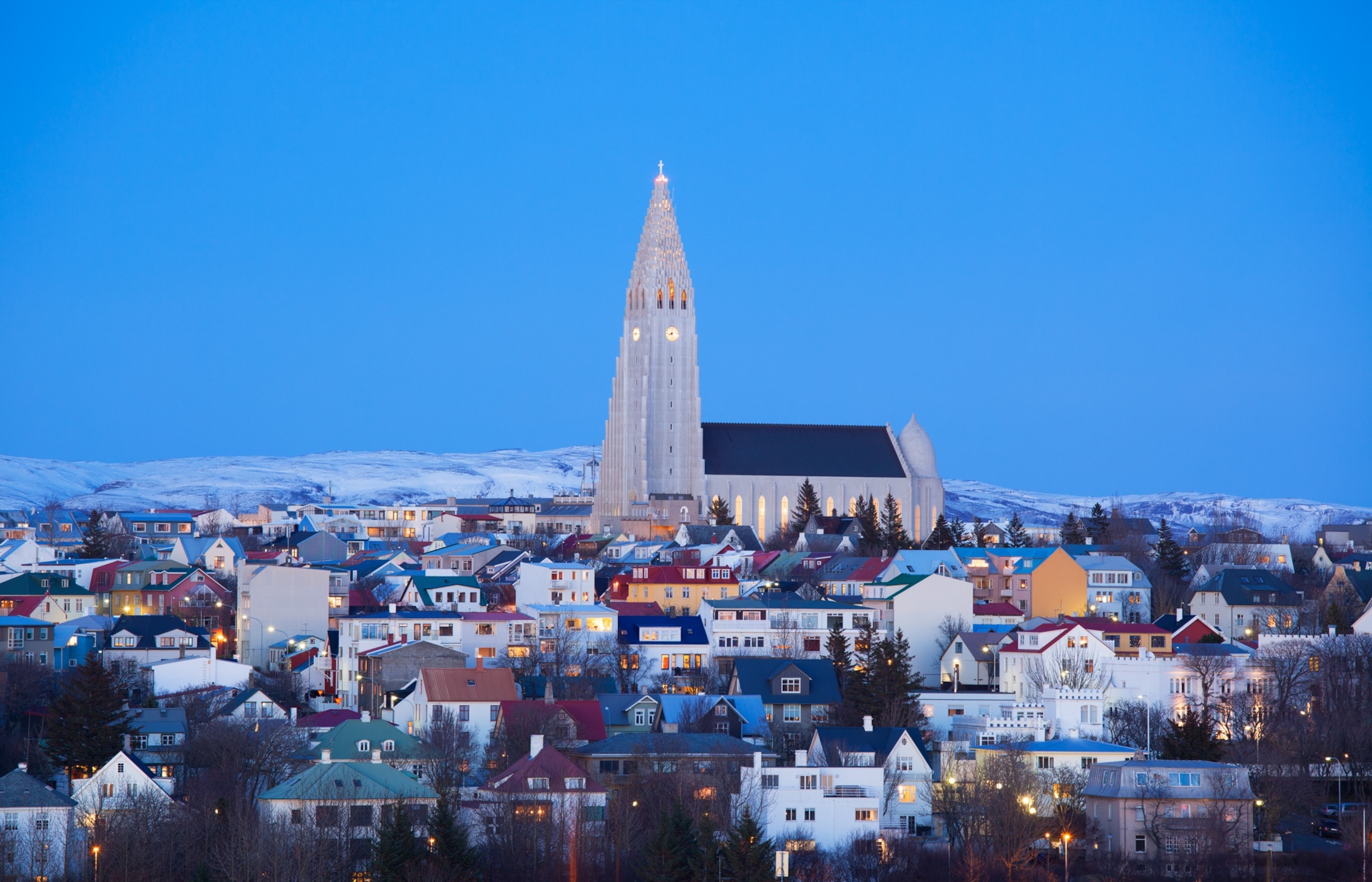
Iceland’s tallest church was inspired by volcanoes
The Hallgrímskirkja echoes the shapes of cooling lava—and offers unparalleled views of Reykjavík.
Located in the heart of Reykjavík, the striking Hallgrímskirkja towers over Iceland’s colorful capital. Not only is it visible from almost every corner of the city, it’s also the tallest church in Iceland.
The memorial building was designed by architect Guðjón Samúelsson to honor the saint and poet Hallgrímur Pétursson, well-known for his work Hymns of the Passion. Samúelsson was fascinated by the shapes that formed from cooled lava and dreamed up a design inspired by basalt rocks. When he first proposed the blueprint, his unconventional concept raised eyebrows. However, after 40 years in the making, it is now one of the city’s landmark symbols and a must-see for travelers.
Initiated in 1945 and completed in 1986, Hallgrímskirkja’s facade embodies Samúelsson's nature-inspired vision. Stretching 245 feet tall, its long, central tower and sloping sides resemble a gigantic stalagmite of petrified lava residue. Despite its imposing grand exterior, the interior is rather simple. Tall gray columns flank the aisle leading to an altar and appear to curve into pointed arches punctuated by large glass windows. In the long rows of seats, wood and basalt-colored upholstery complement each other. The minimalist interiors are all a reflection of the Lutheran roots of the church and give it a distinctly Gothic design aesthetic. (See 20 photos of Iceland's majestic landscapes.)
But the most eye-catching feature is a pipe organ added in December 1992, which towers 50 feet tall and is made from 5,275 pipes. The 25-ton organ, fashioned by German builder Johannes Klaishas, has been featured in pieces by international concert organist Christopher Herrick. Outside, a statue of Leifur Eiríksson, said to be the first European to discover America 500 years before Columbus, looks out to rooftops of waterfront homes in the distance.
How to go
The Hallgrímskirkja offers an unparalleled view of the city. An elevator through its bell tower leads to an open-air observation deck, where visitors can see houses and lanes stretch out to meet the azure waters of the Norwegian Sea. From that vantage point, the Hallgrímskirkja feels like a sentinel quietly watching over Reykjavík. Visitors can also enter the church through stained glass-fitted doors before walking towards the altar. For a different view of the iconic exterior, visit in the evening when lights illuminate the church and the statue of Leifur Eiríksson.
When to go
Hallgrímskirkja’s visiting hours vary seasonally. The church is open from October to April 9:00 a.m. to 5:00 p.m., and May to September from 9 a.m. to 9 p.m. The tower is closed during service on Sundays from 10:30 a.m. to 12:15 p.m. Admission is $8 (ISK 1,000) for adults and a dollar (ISK 100) for children. Visit during the Winter Lights Festival in February to see Hallgrímskirkja blanketed by a vibrant light installation, one of six buildings that transform into radiant works of art during the celebration.
Don't miss
For more amazing views, visit the lesser known, less crowded Church of Kópavogar on Borgarholt Hill, which according to Icelandic lore, is one of the most populous elf colonies in the country. Constructed in 1963, the building features windows by stained glass artist Gerður Helgadóttirand and is a short distance from Gerðarsafn, a museum of modern and contemporary art.
- National Geographic Expeditions

